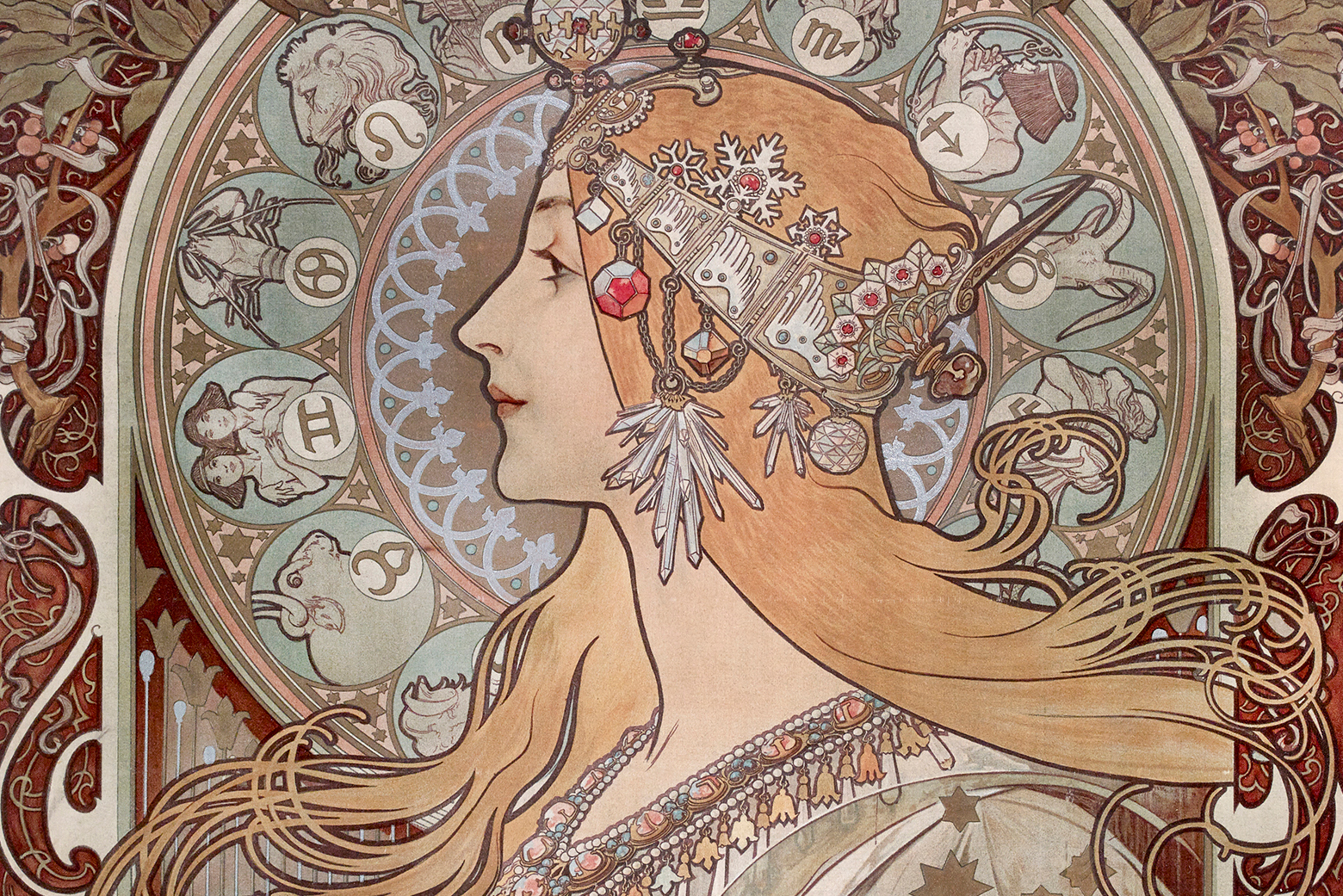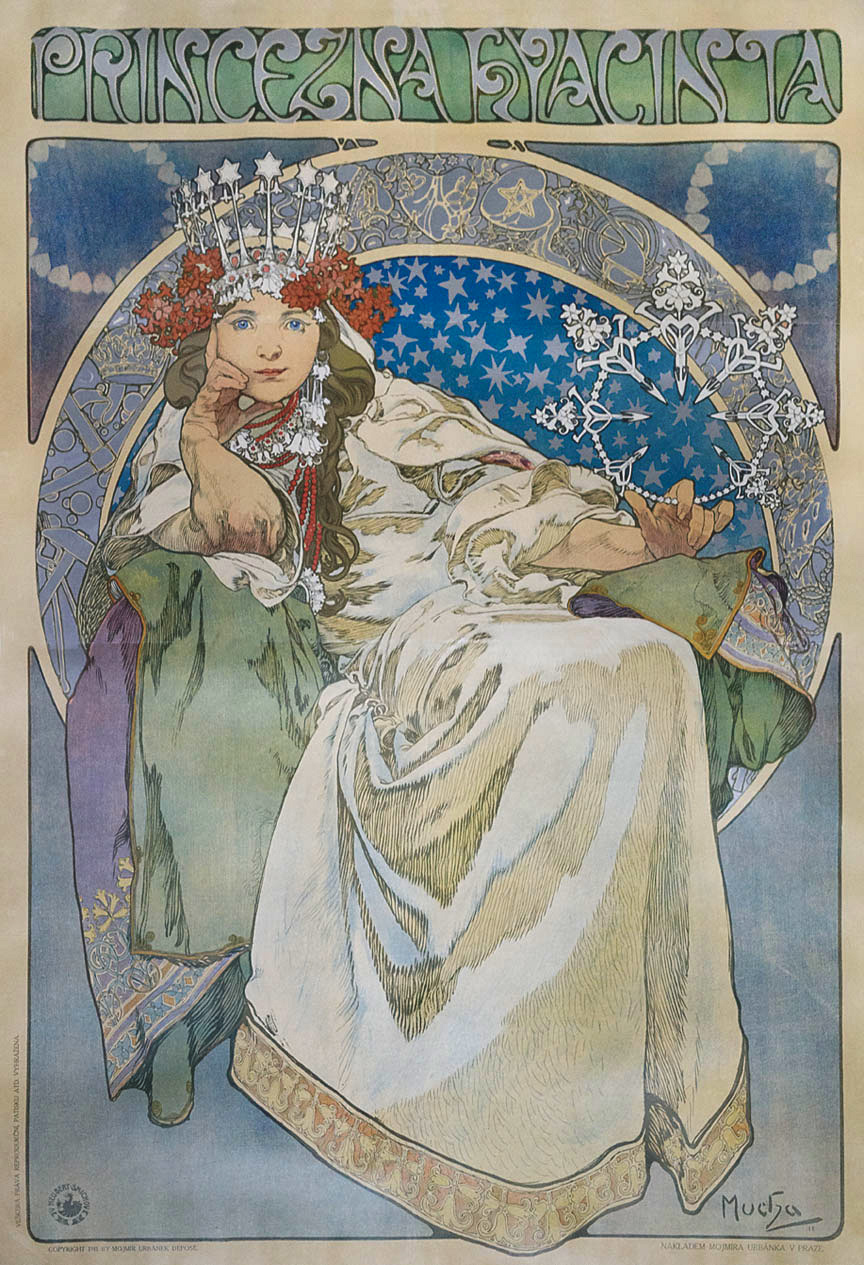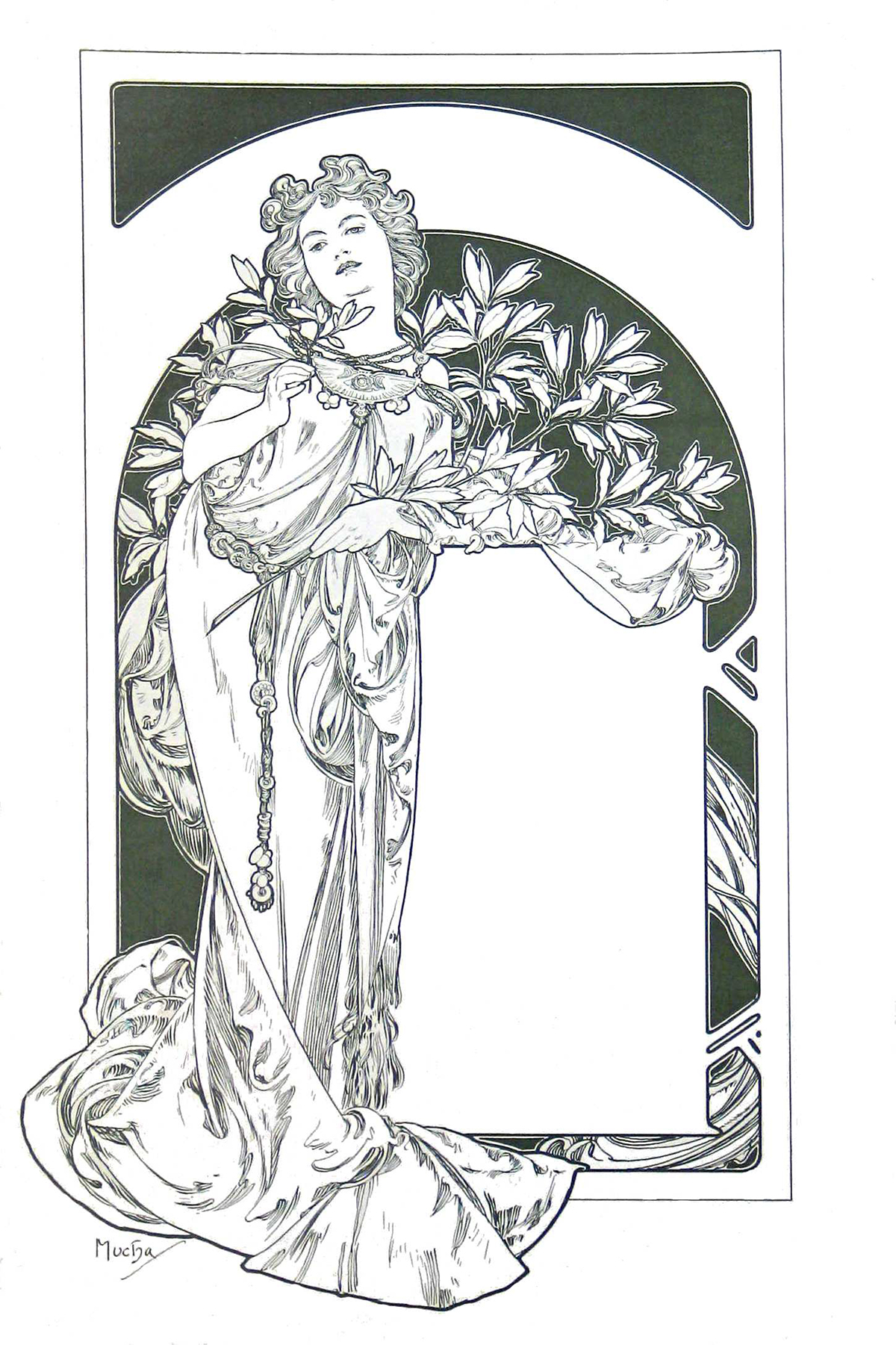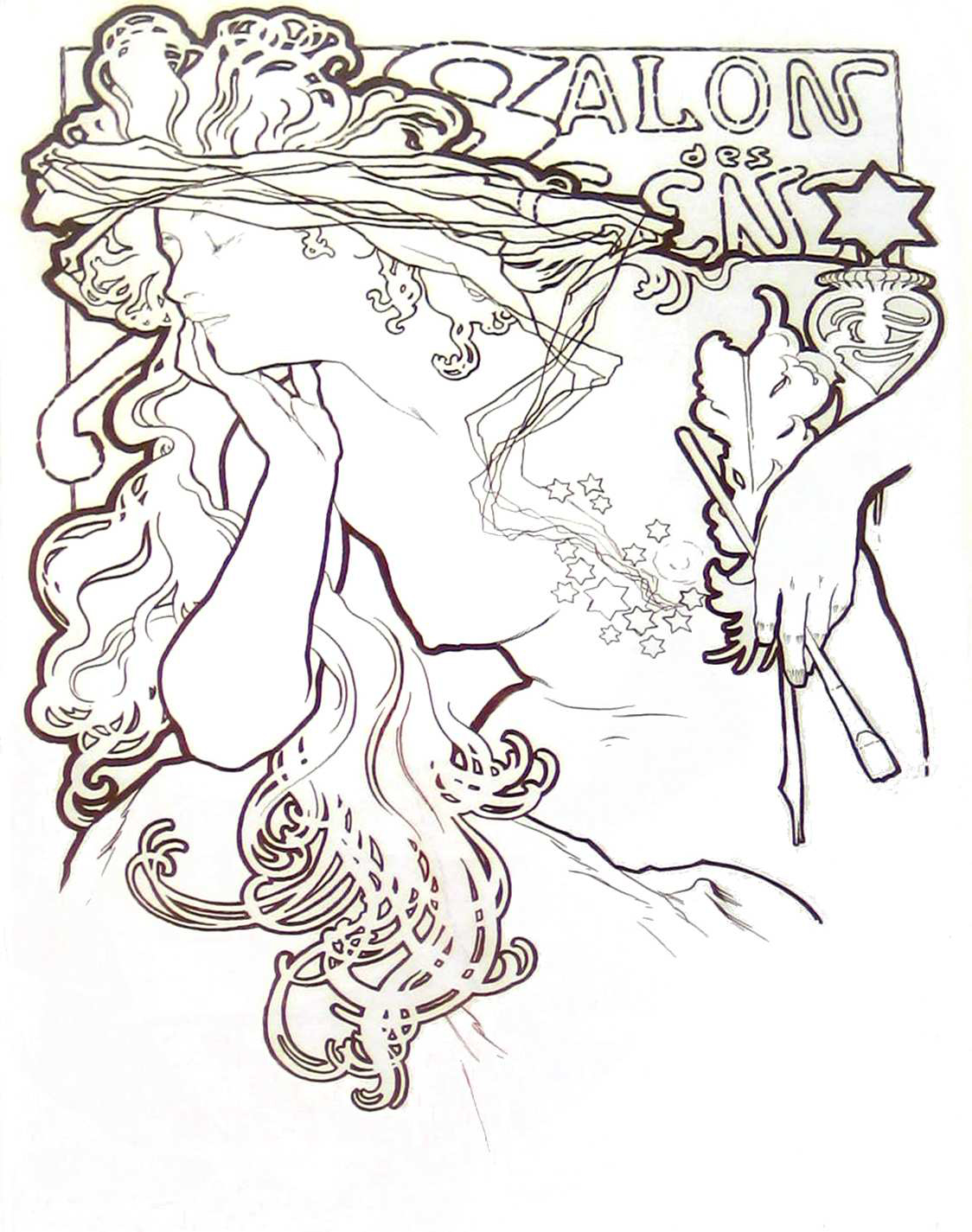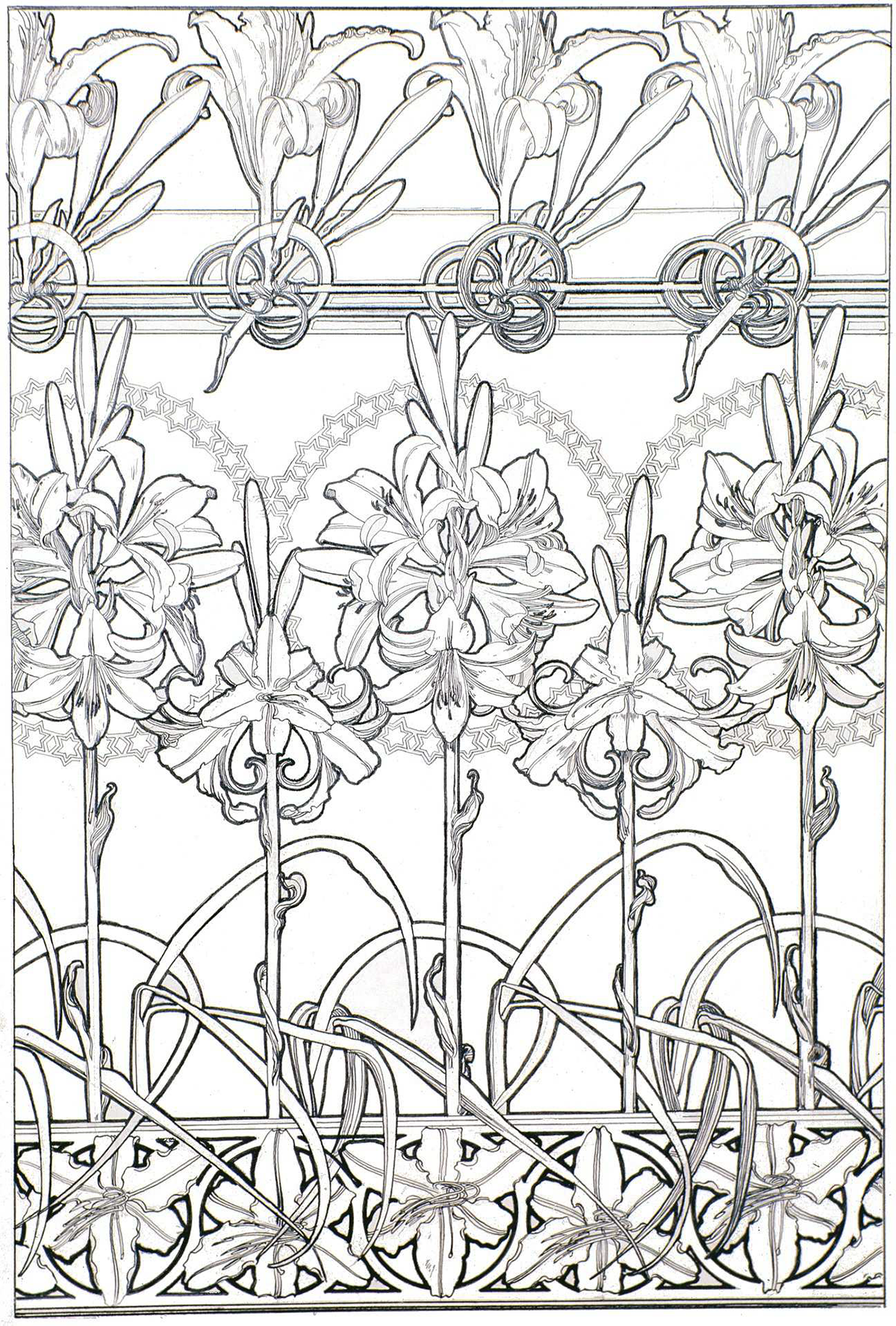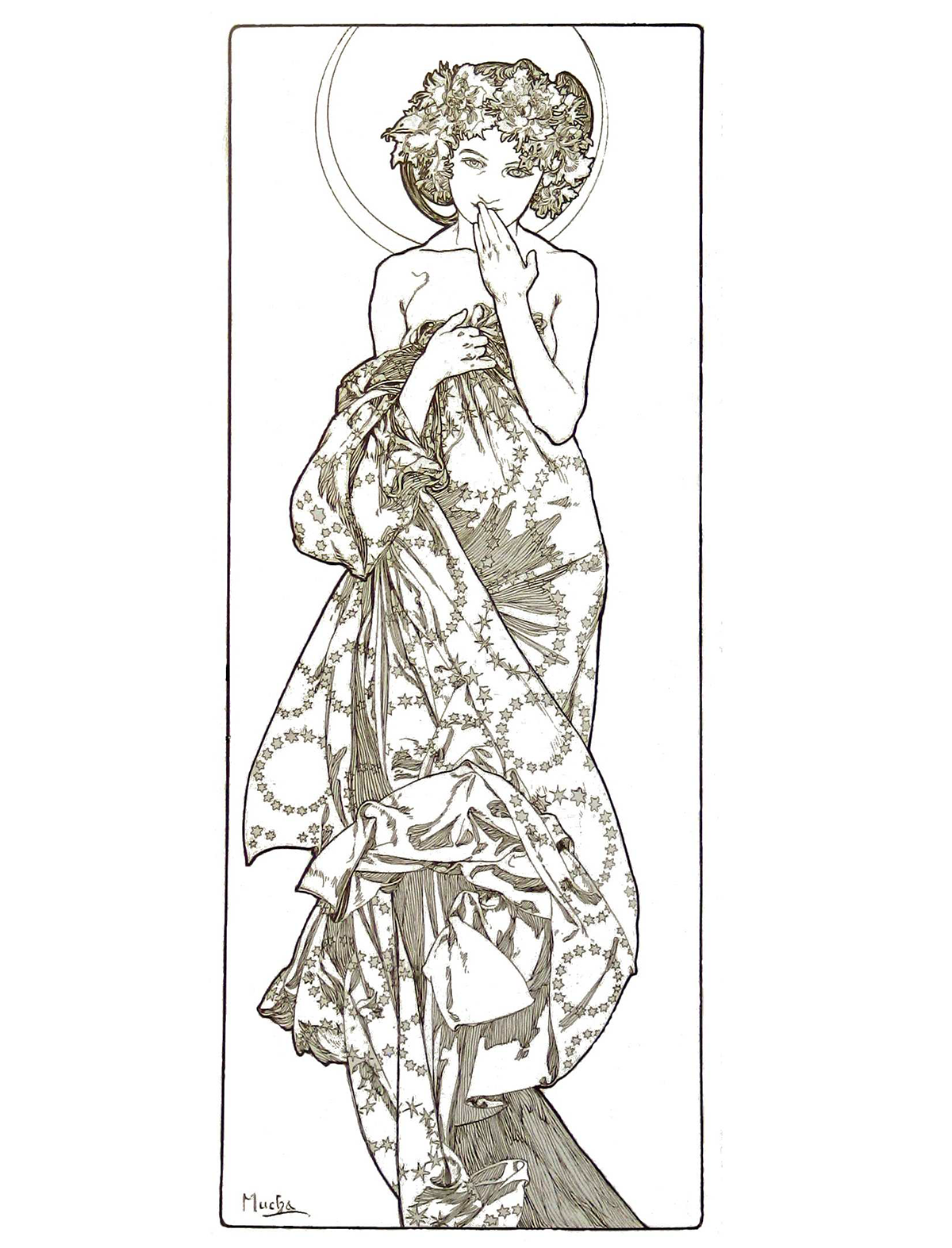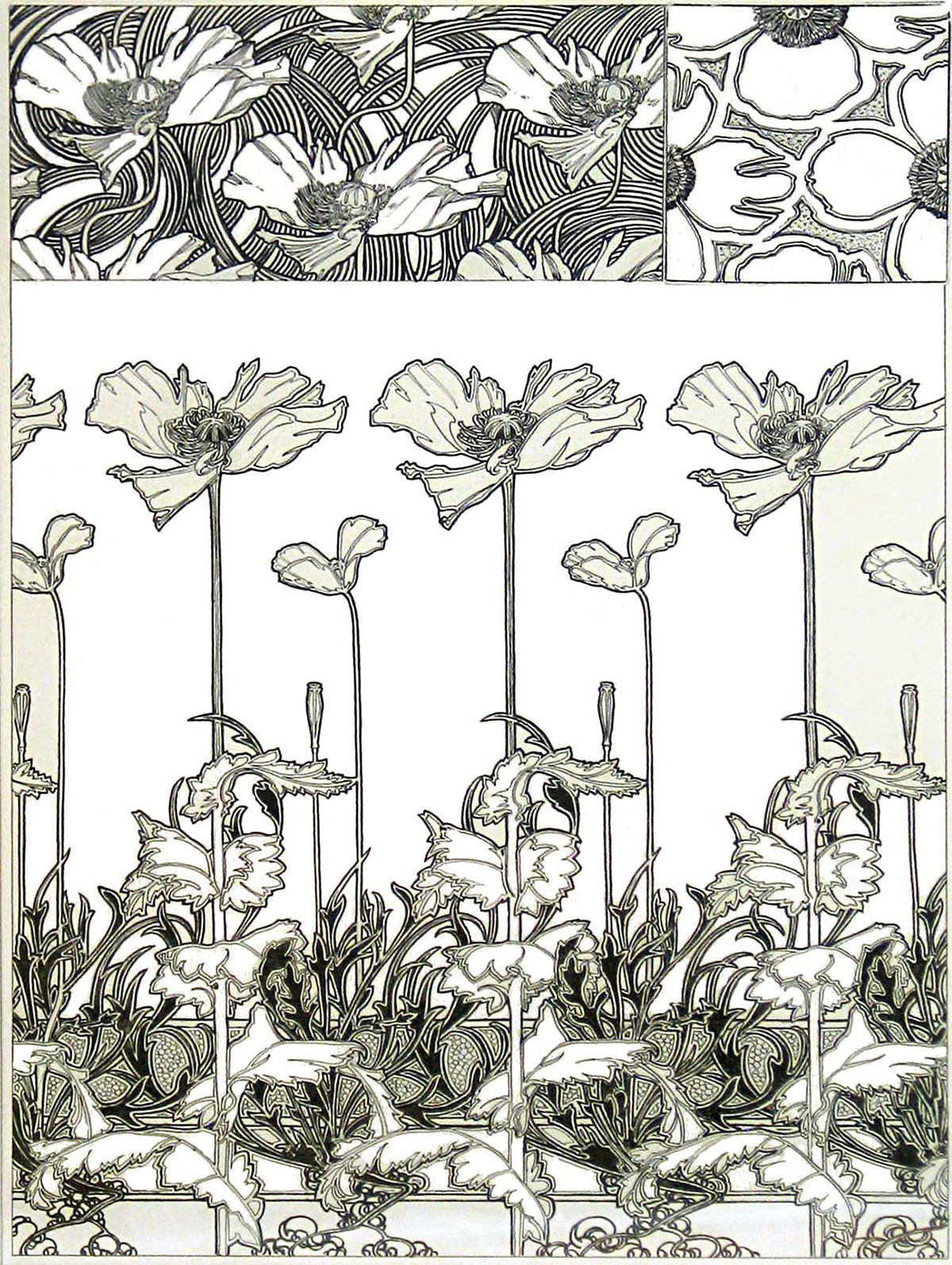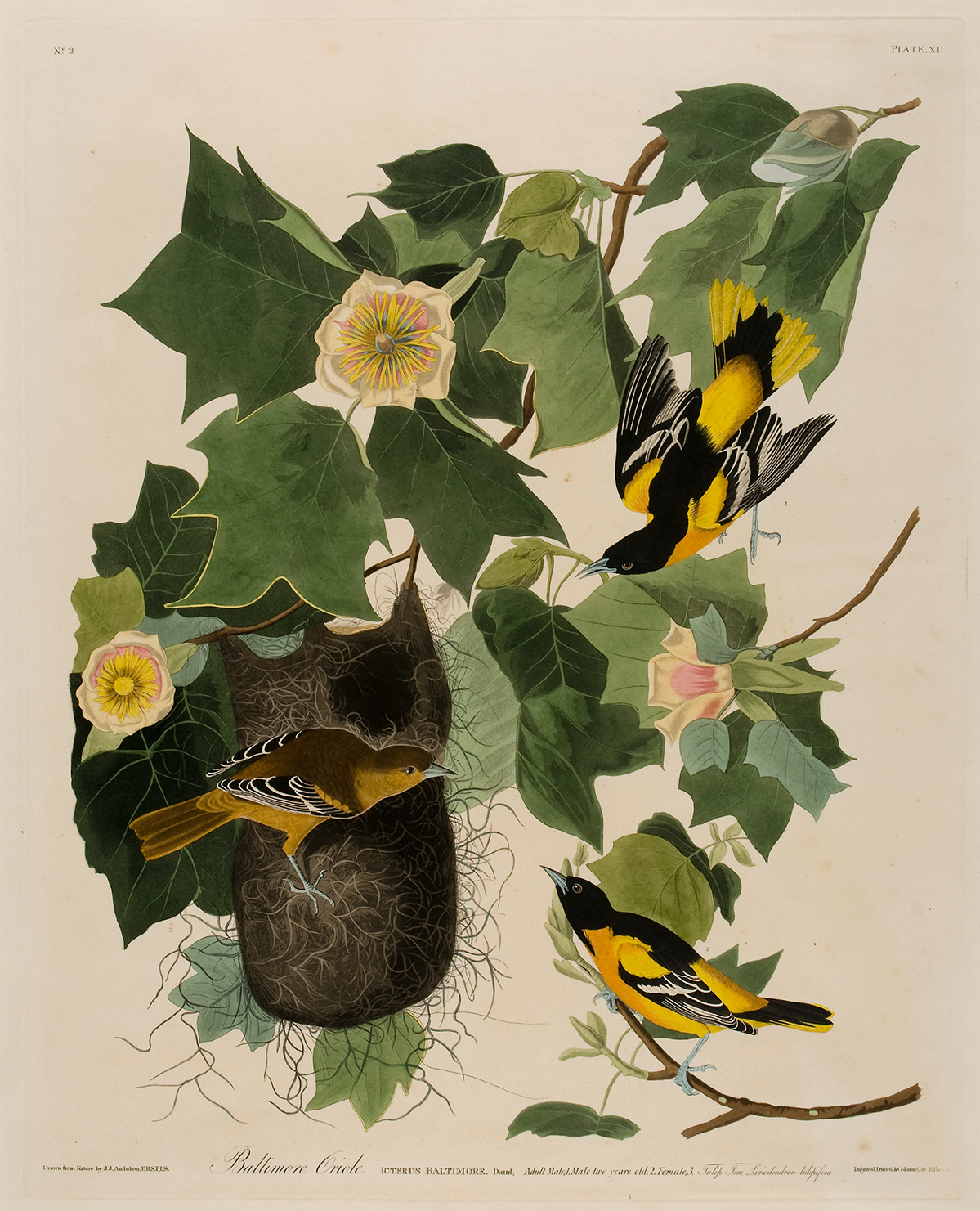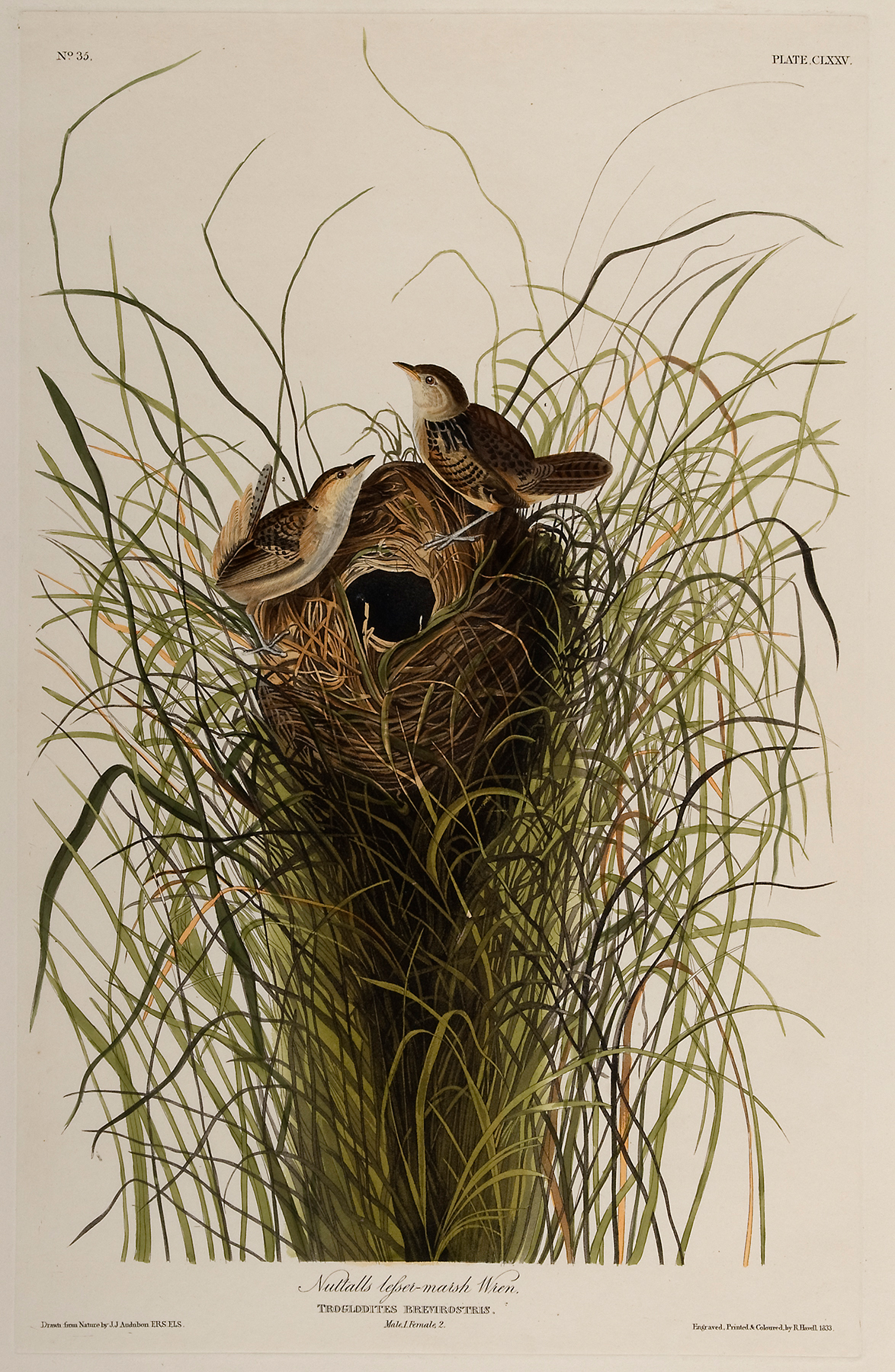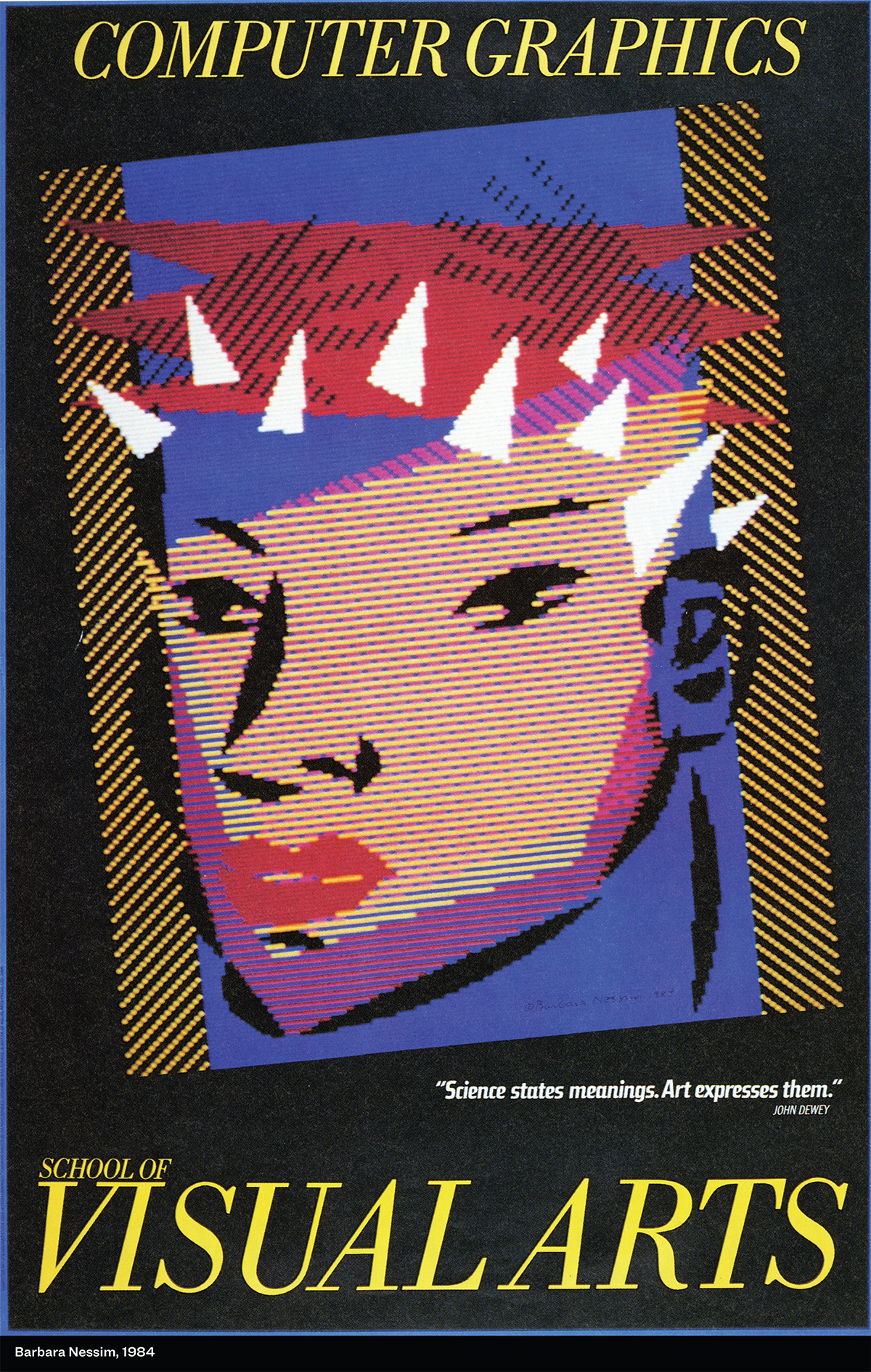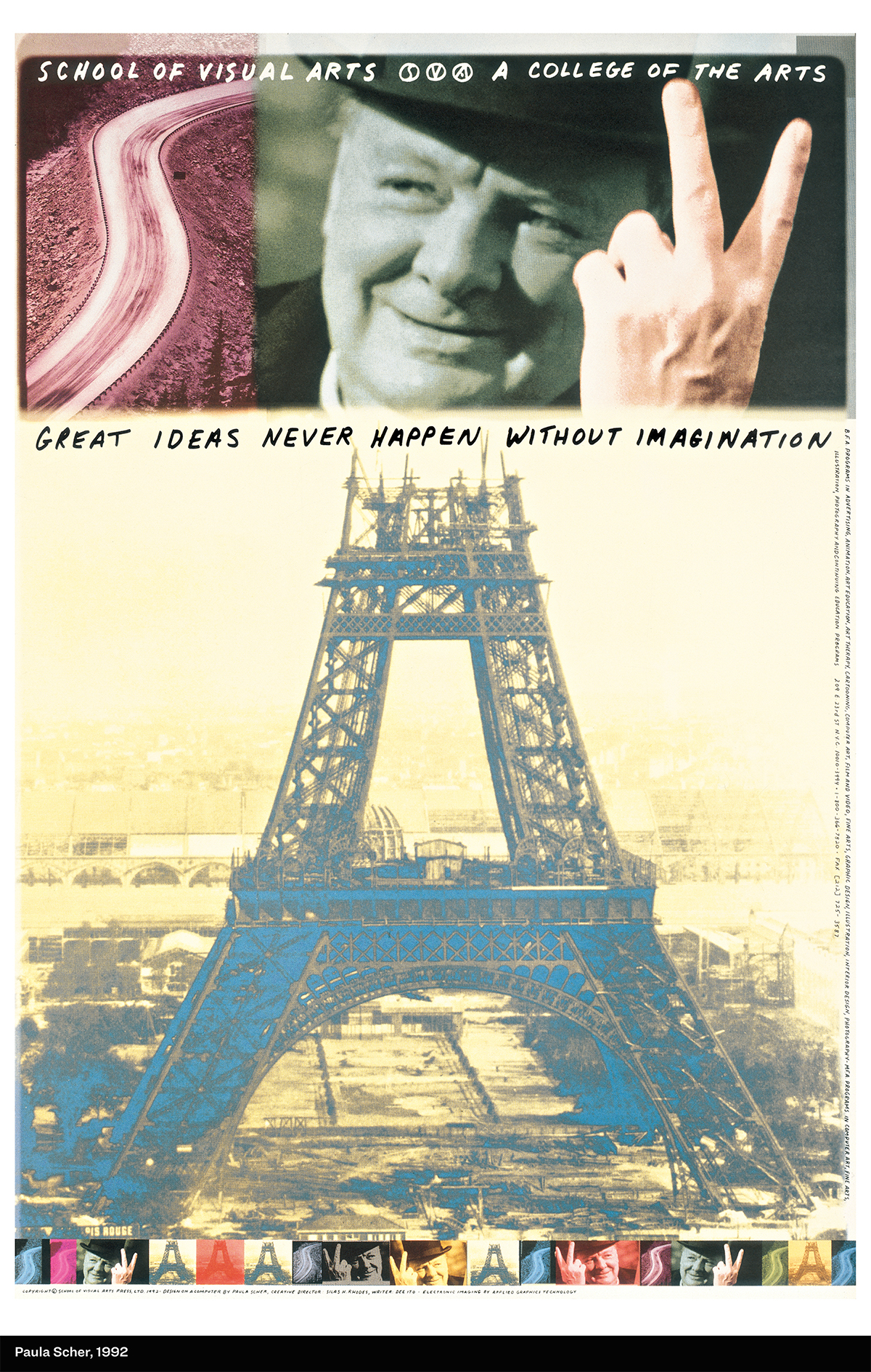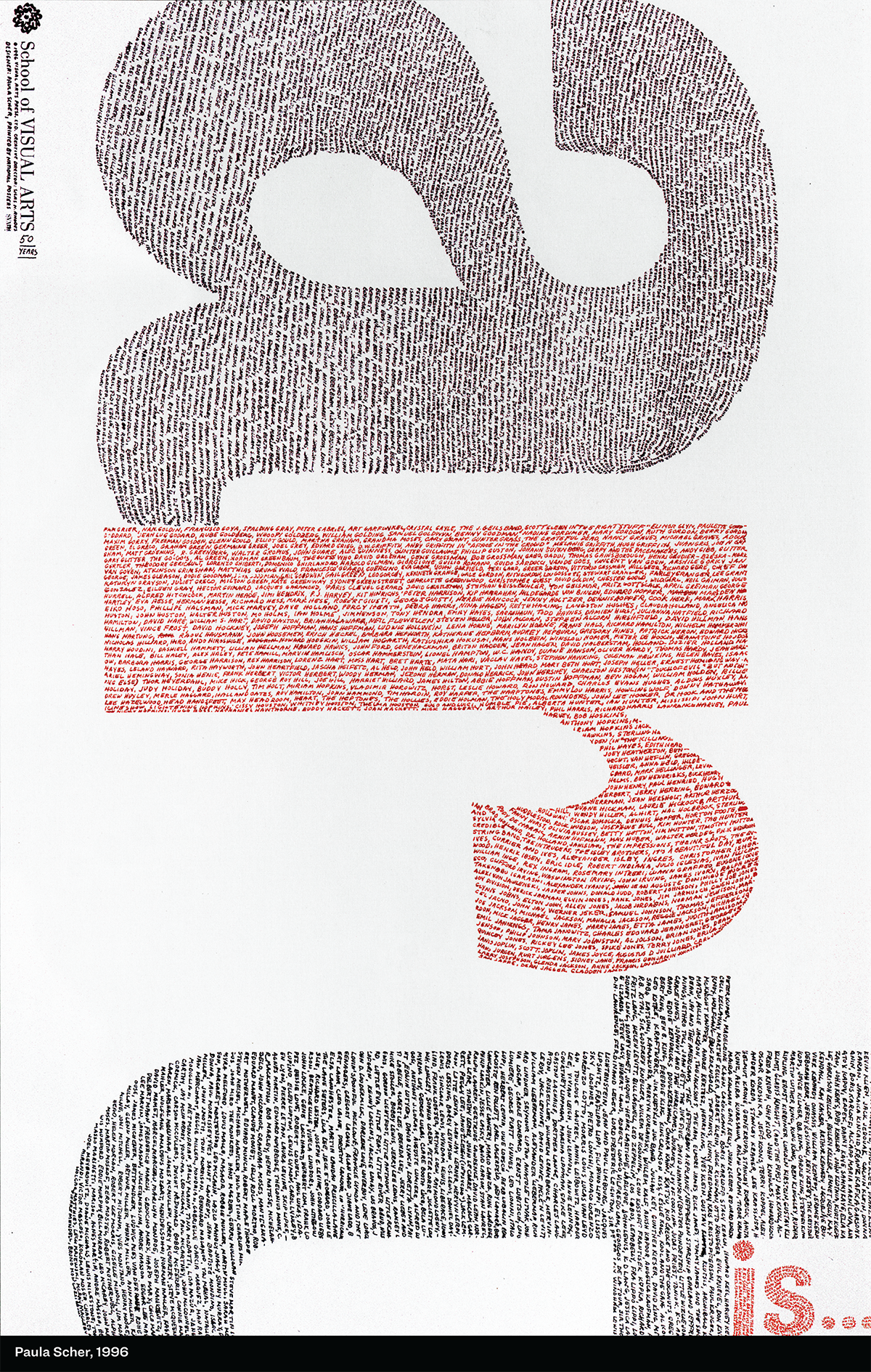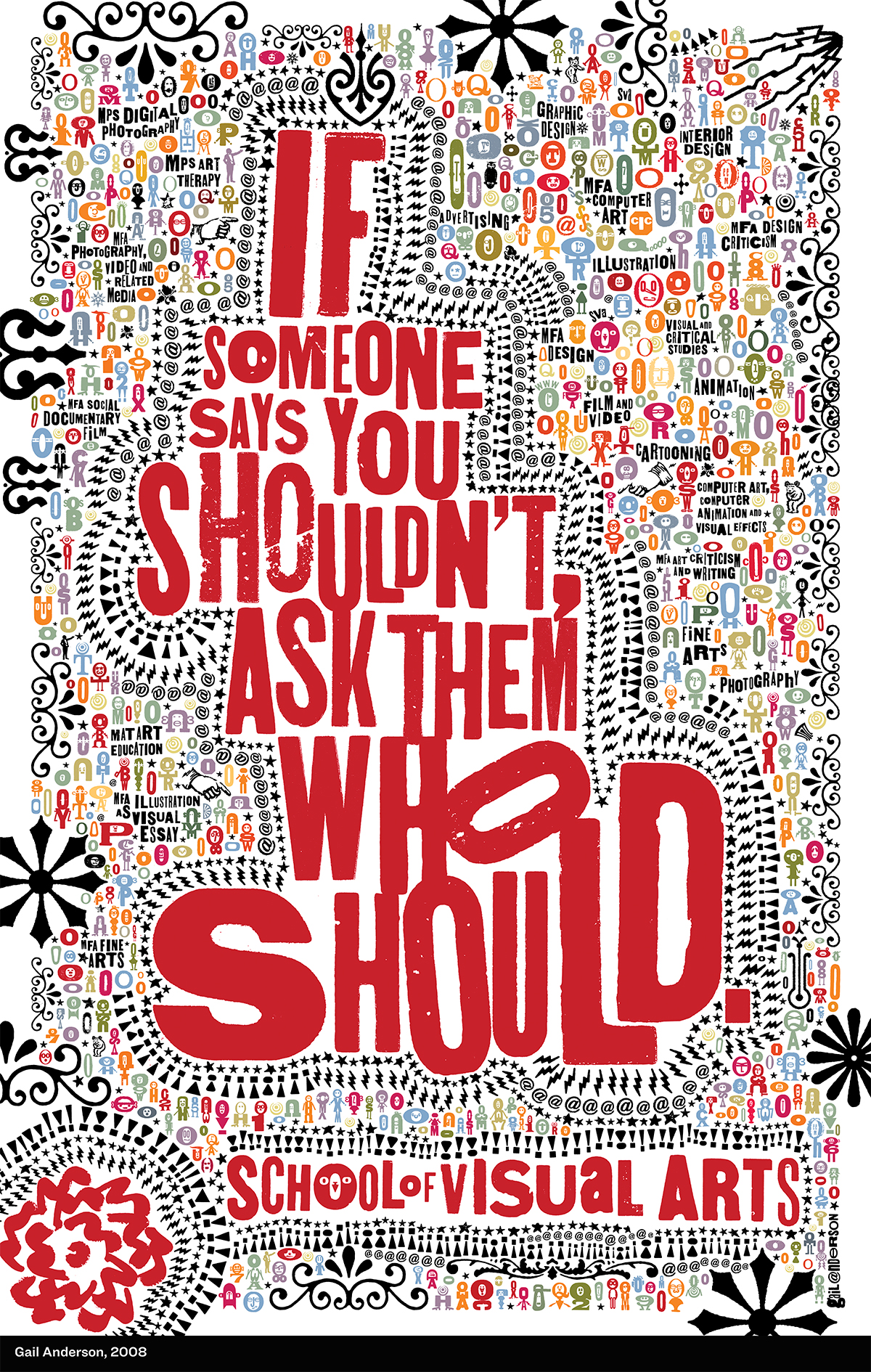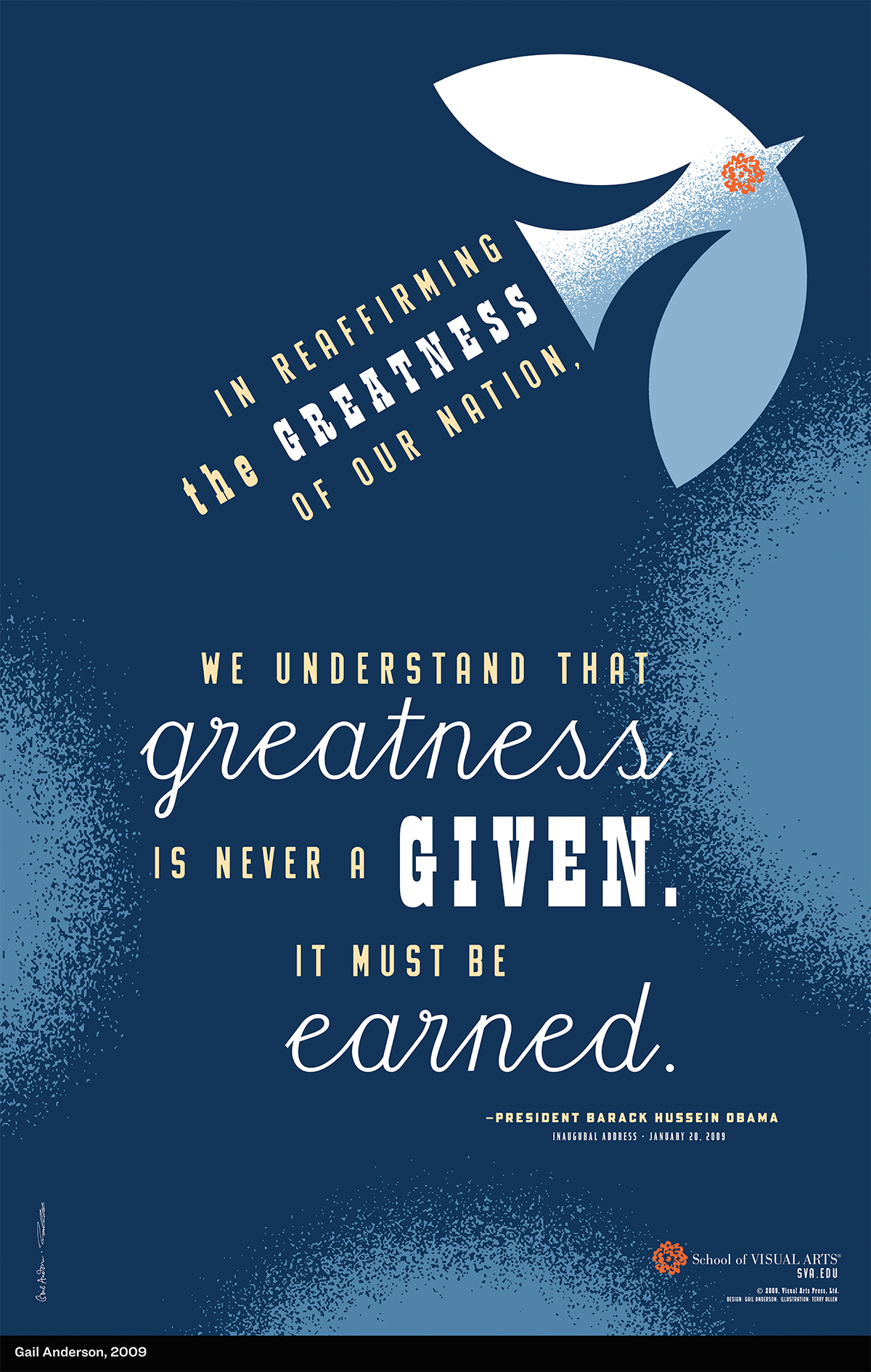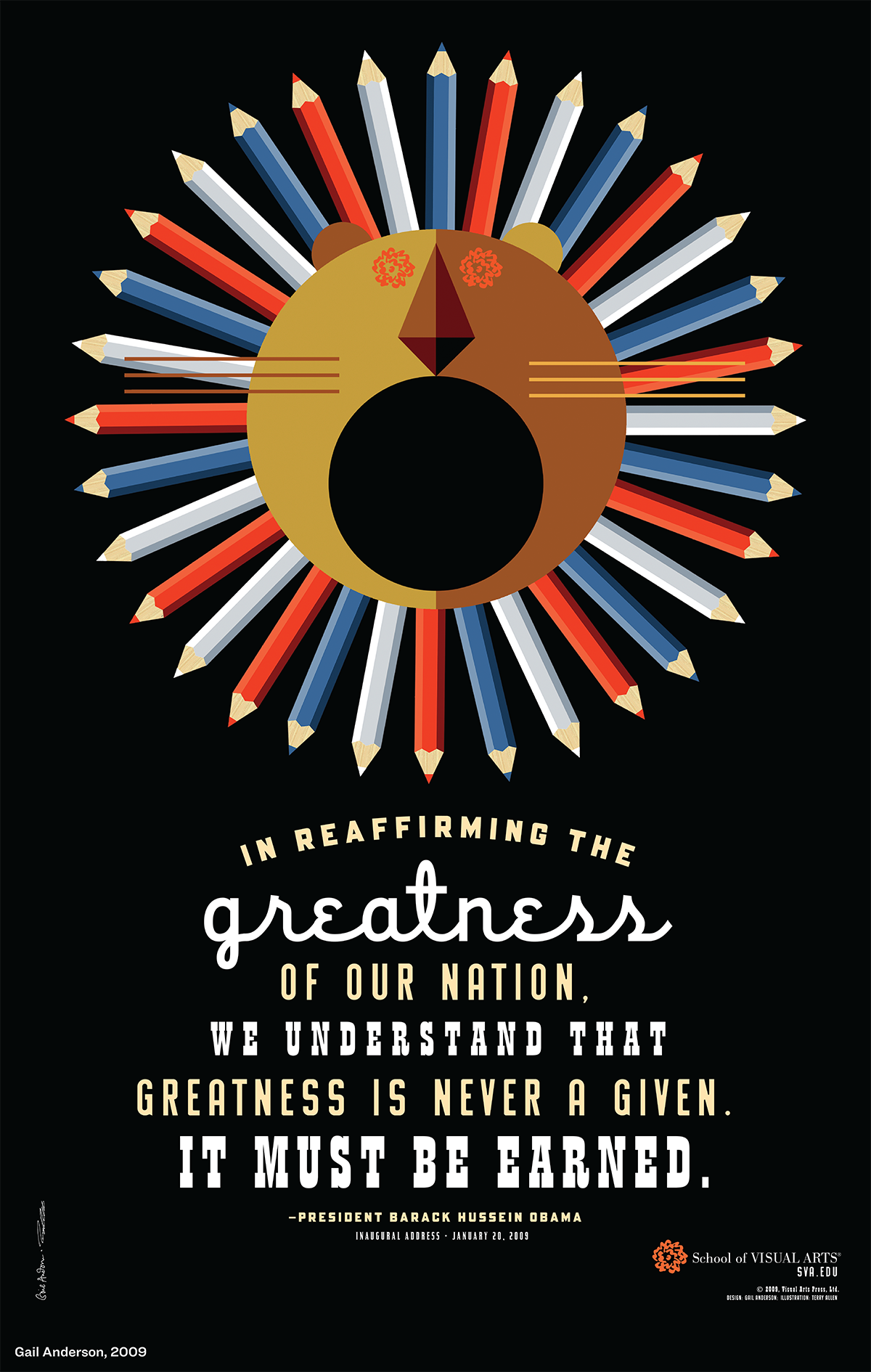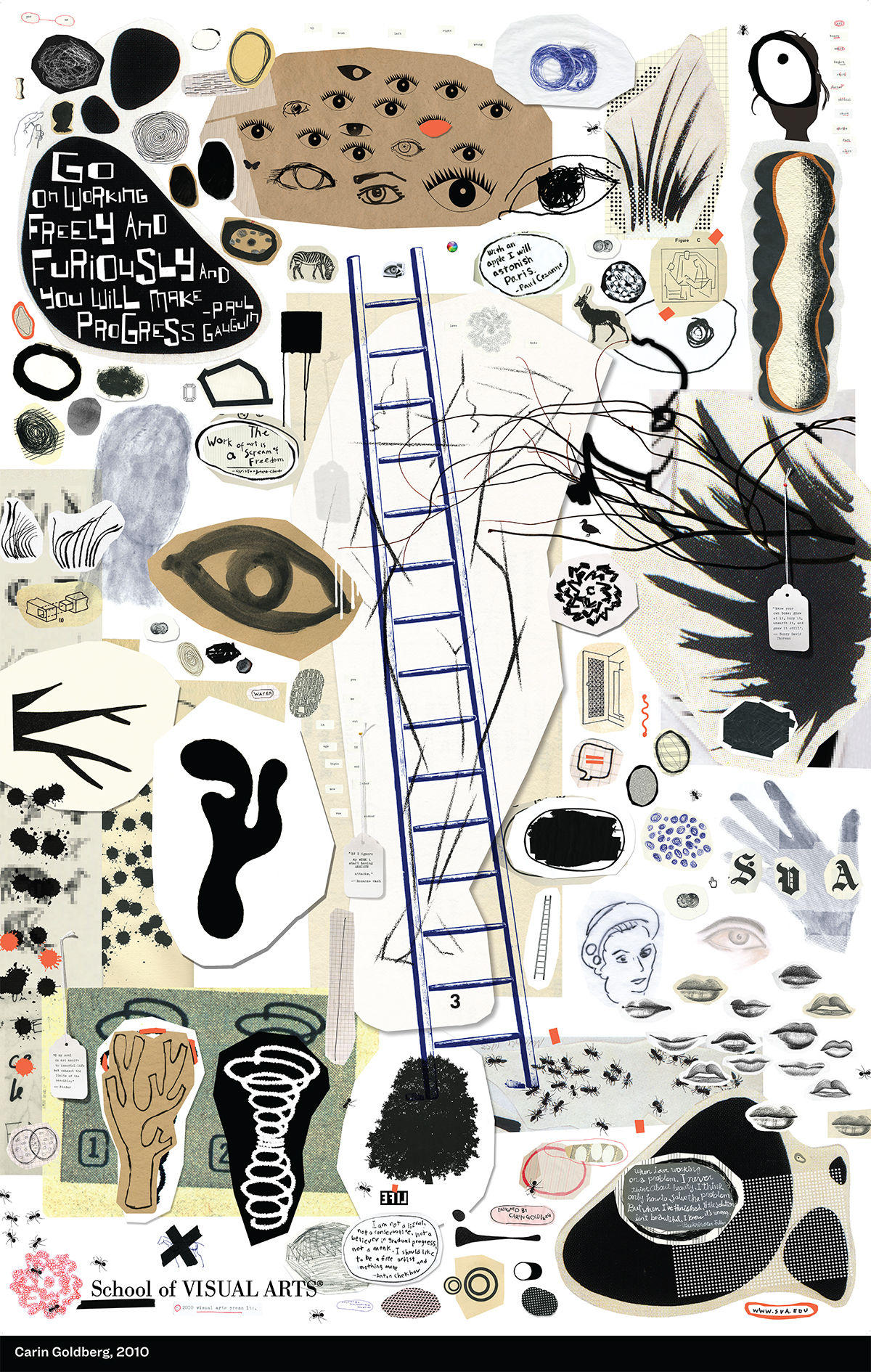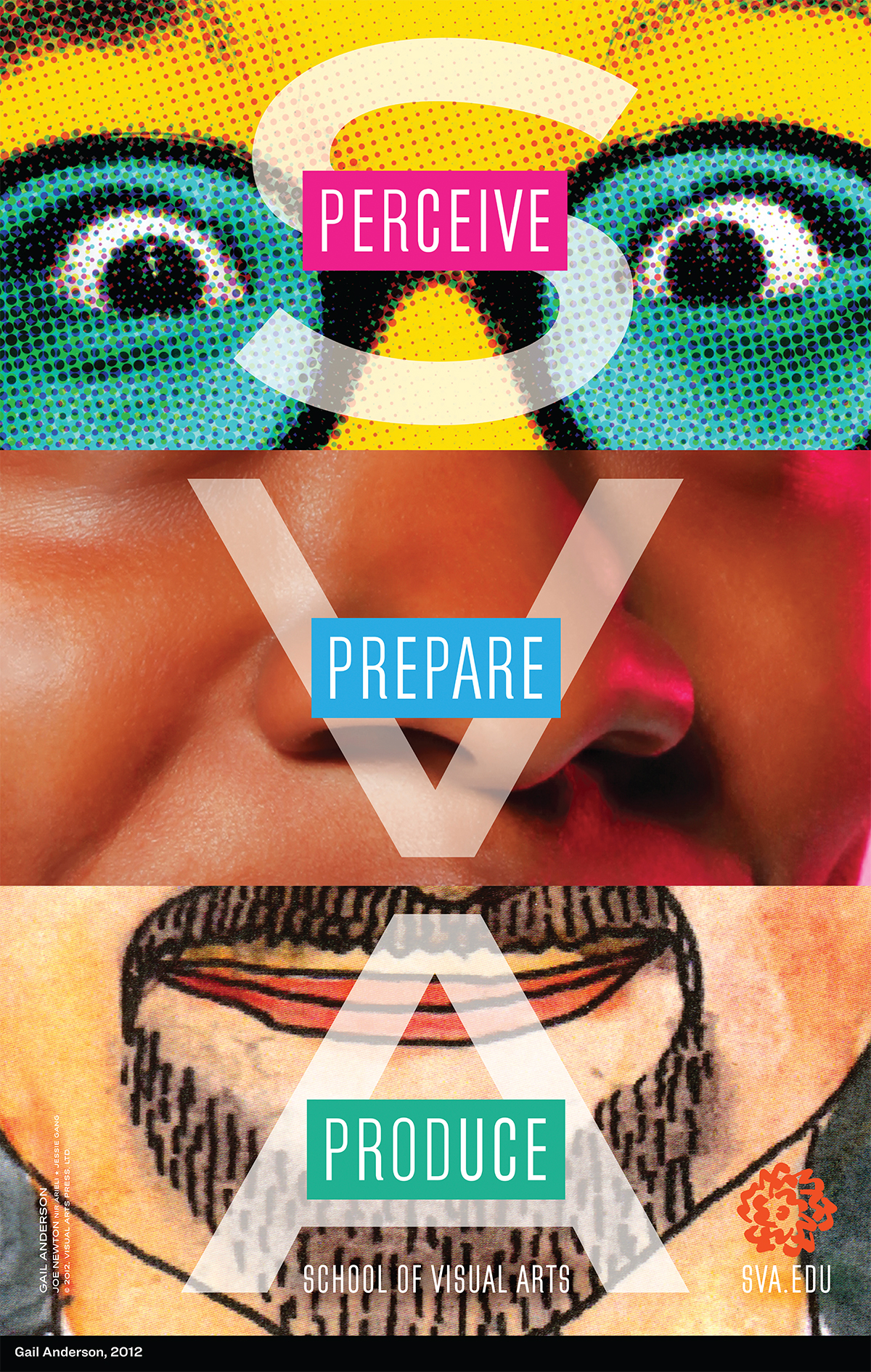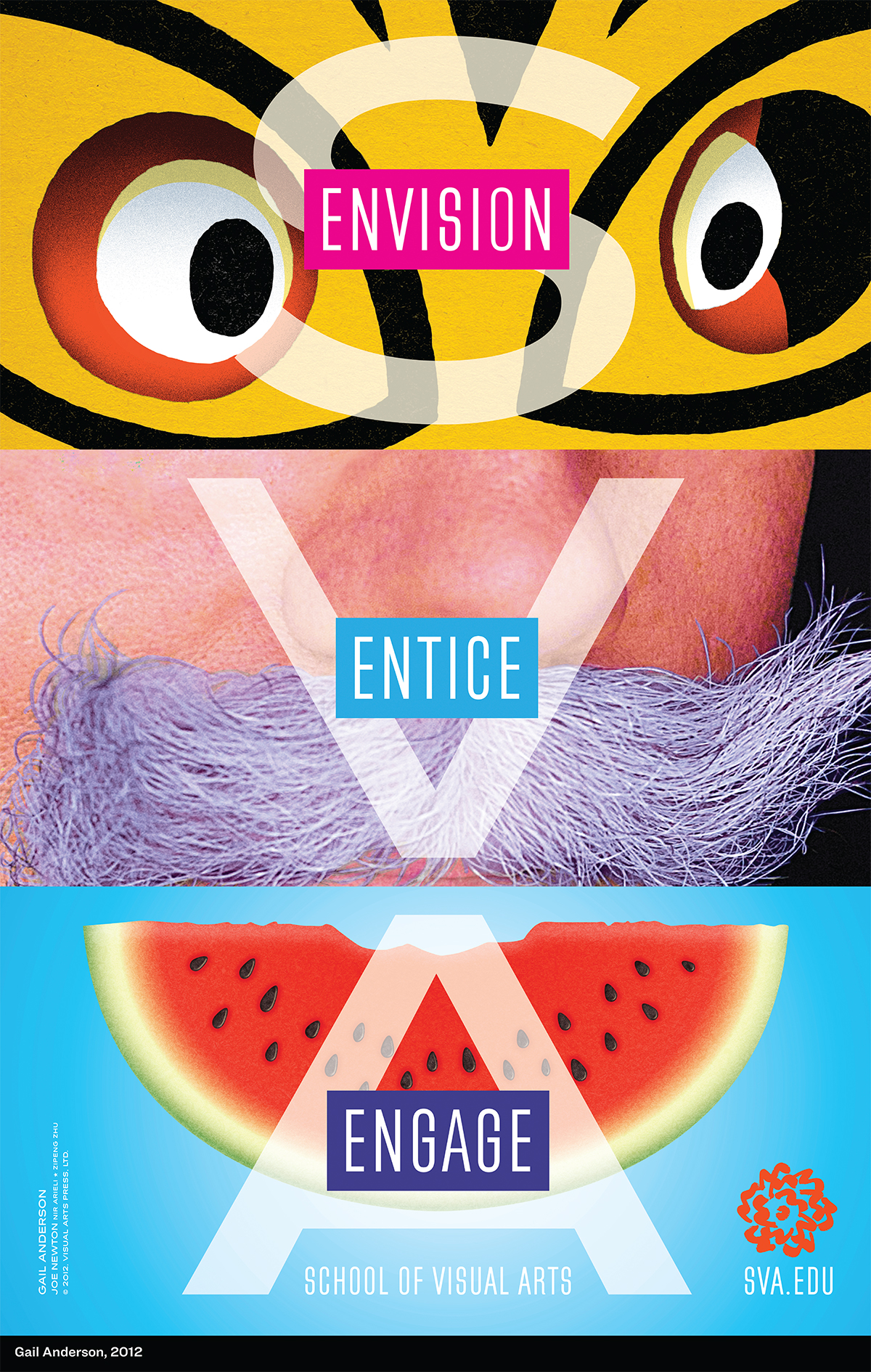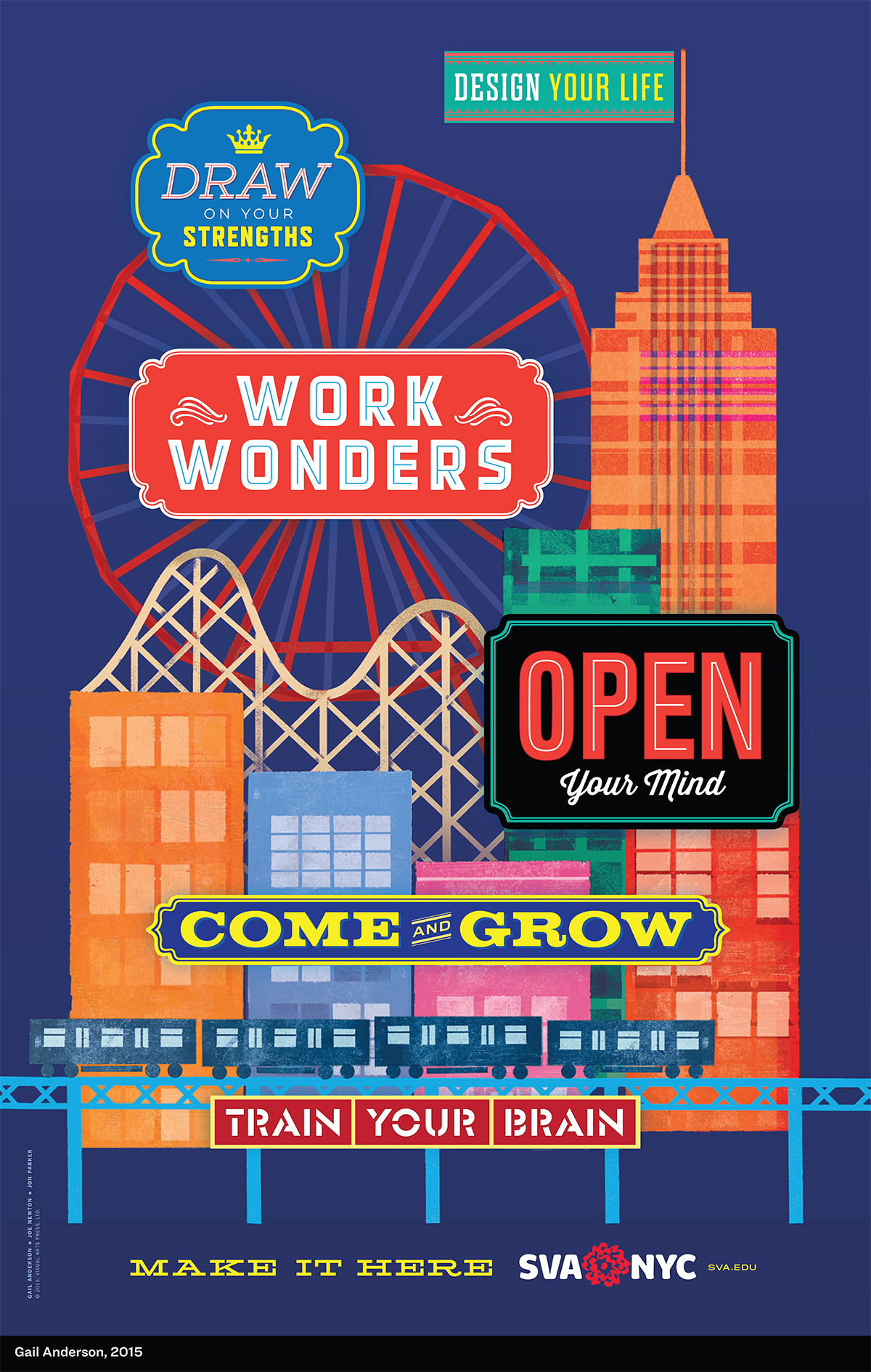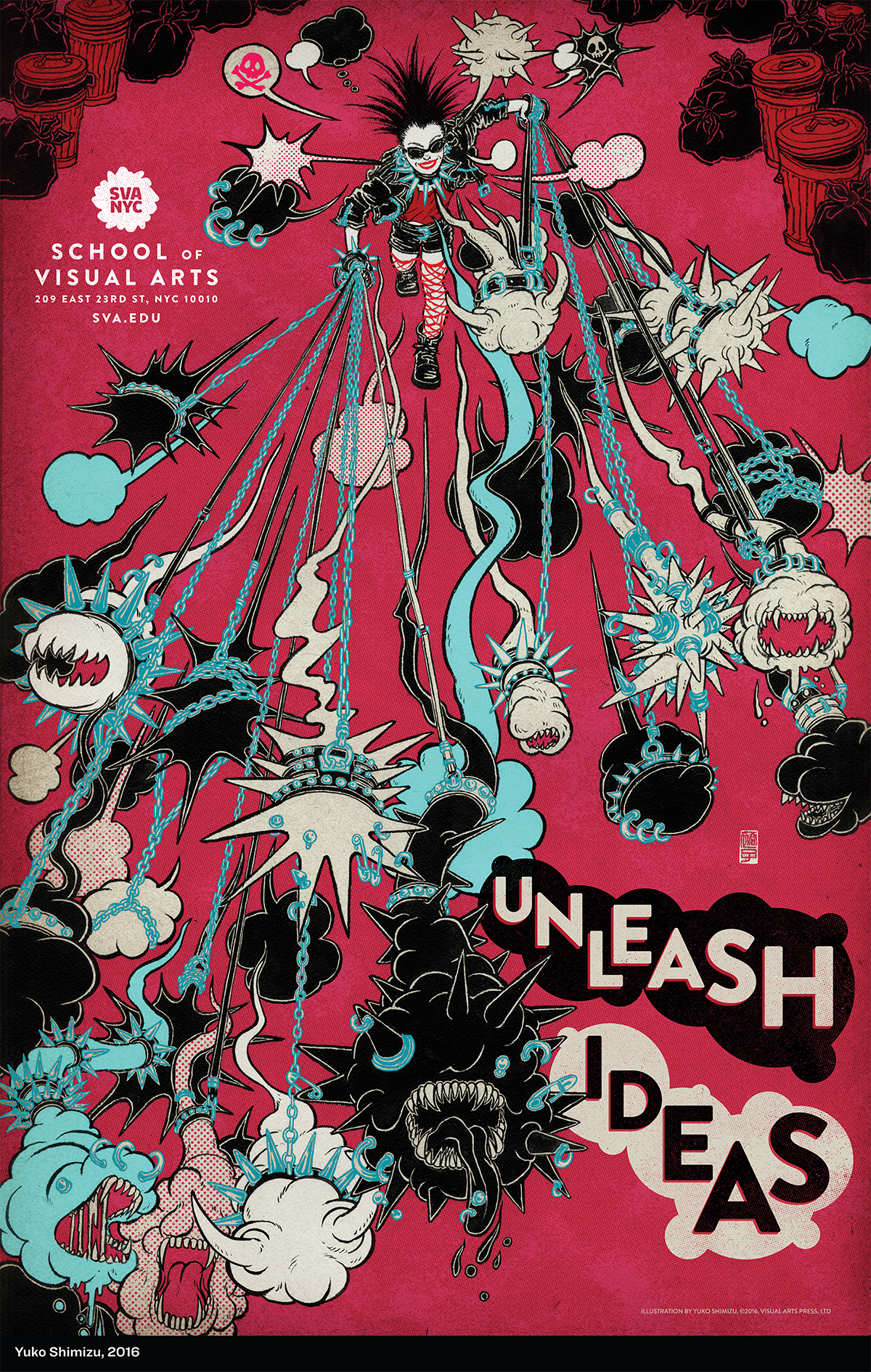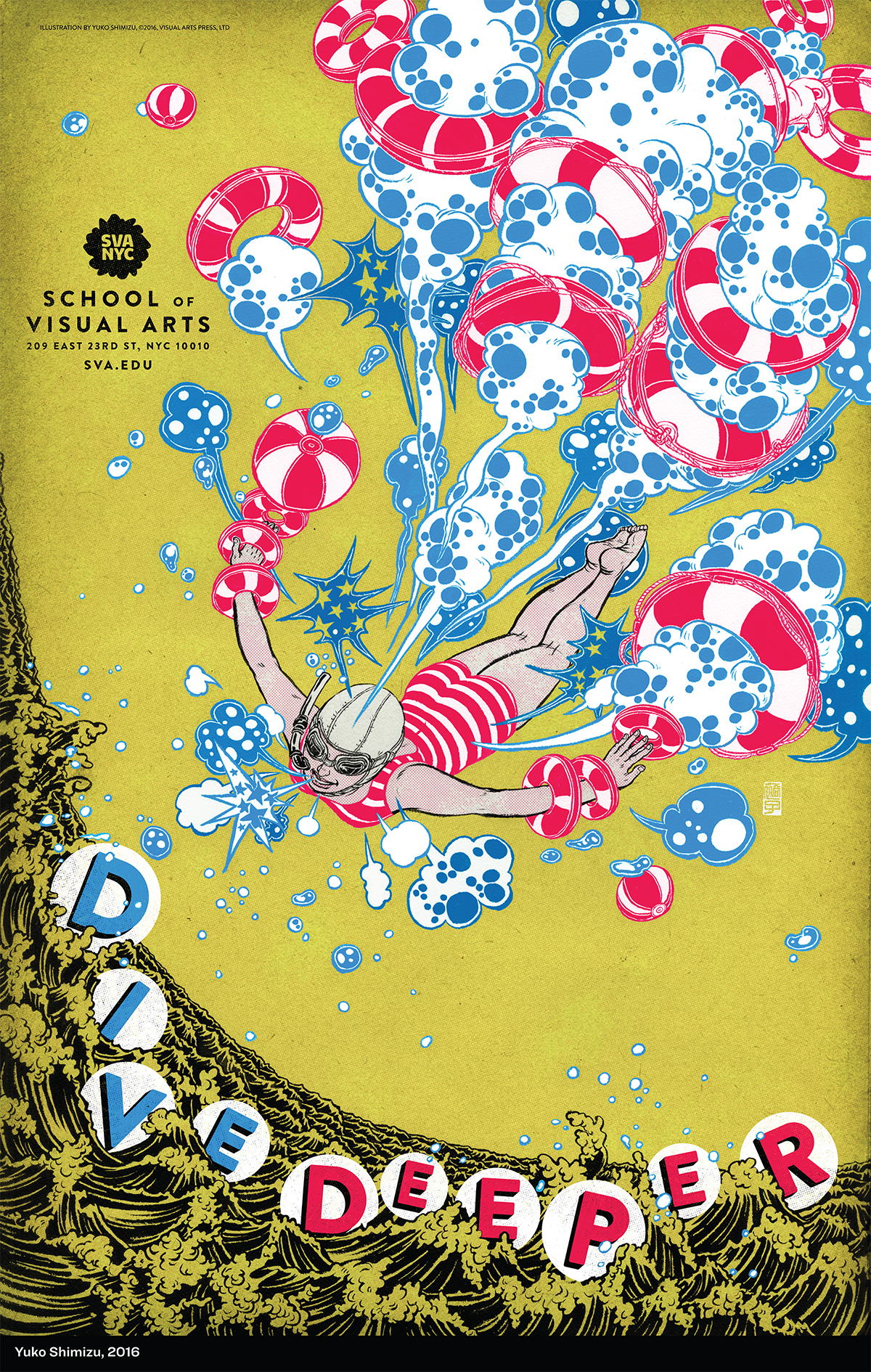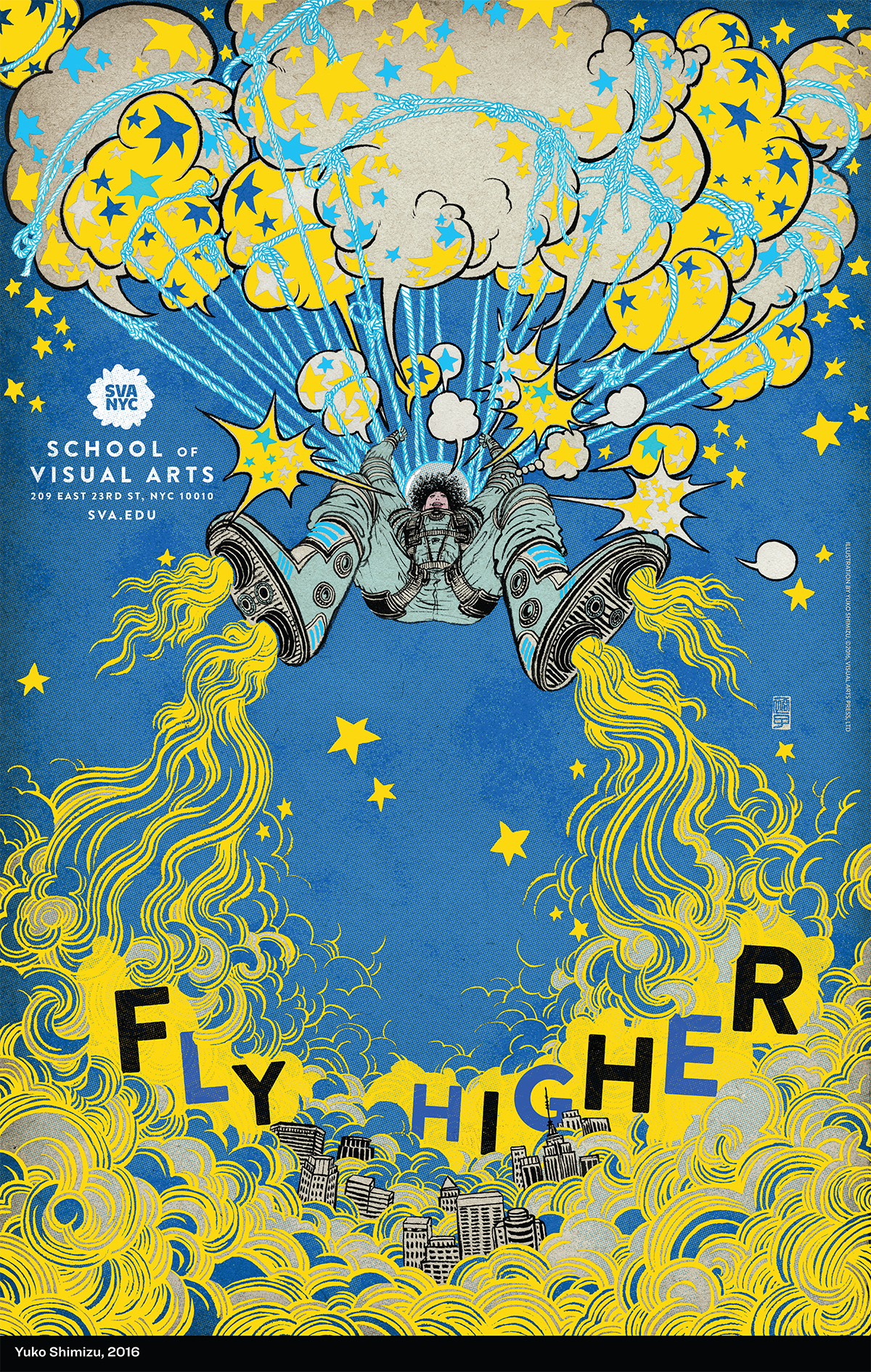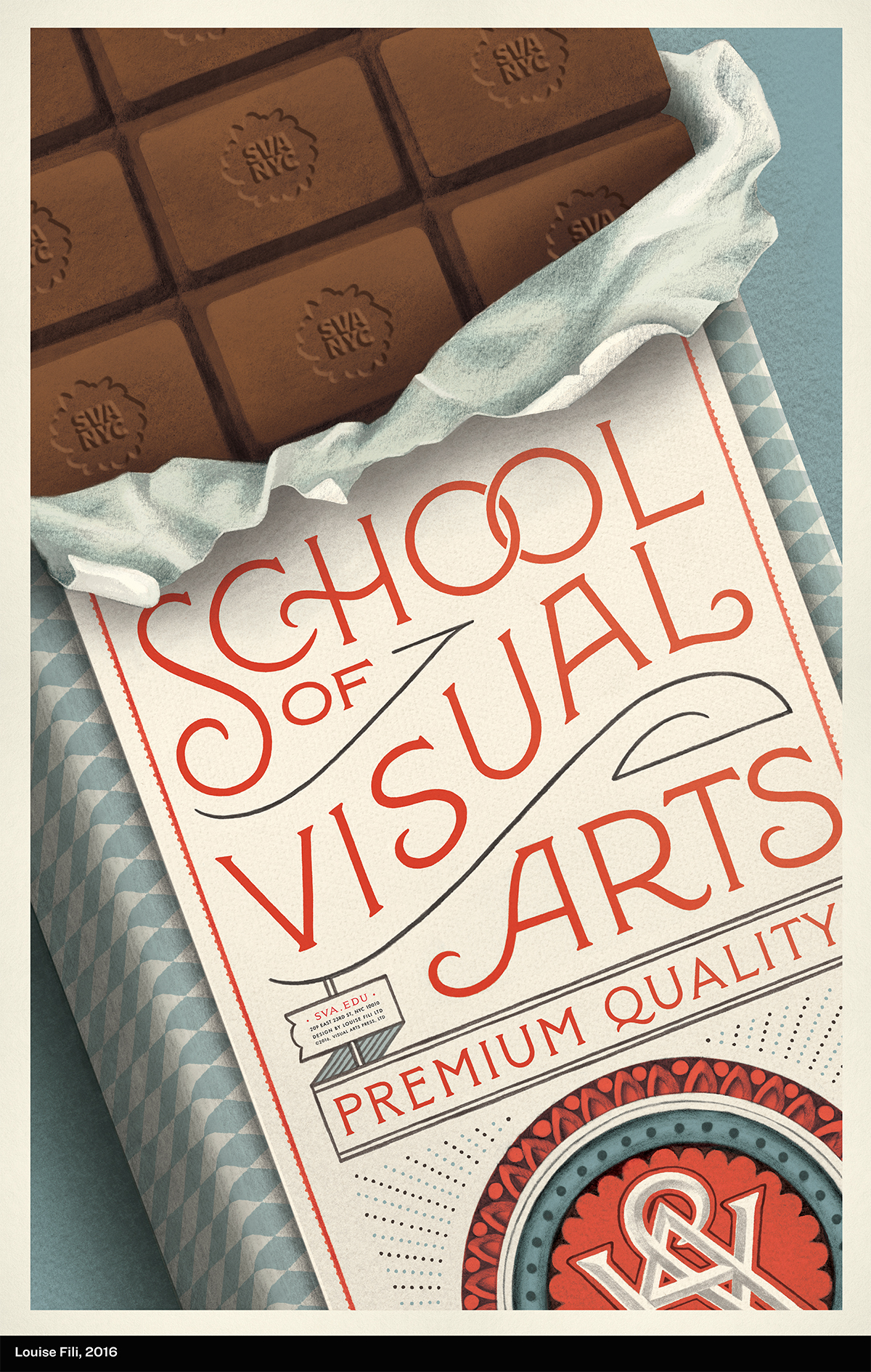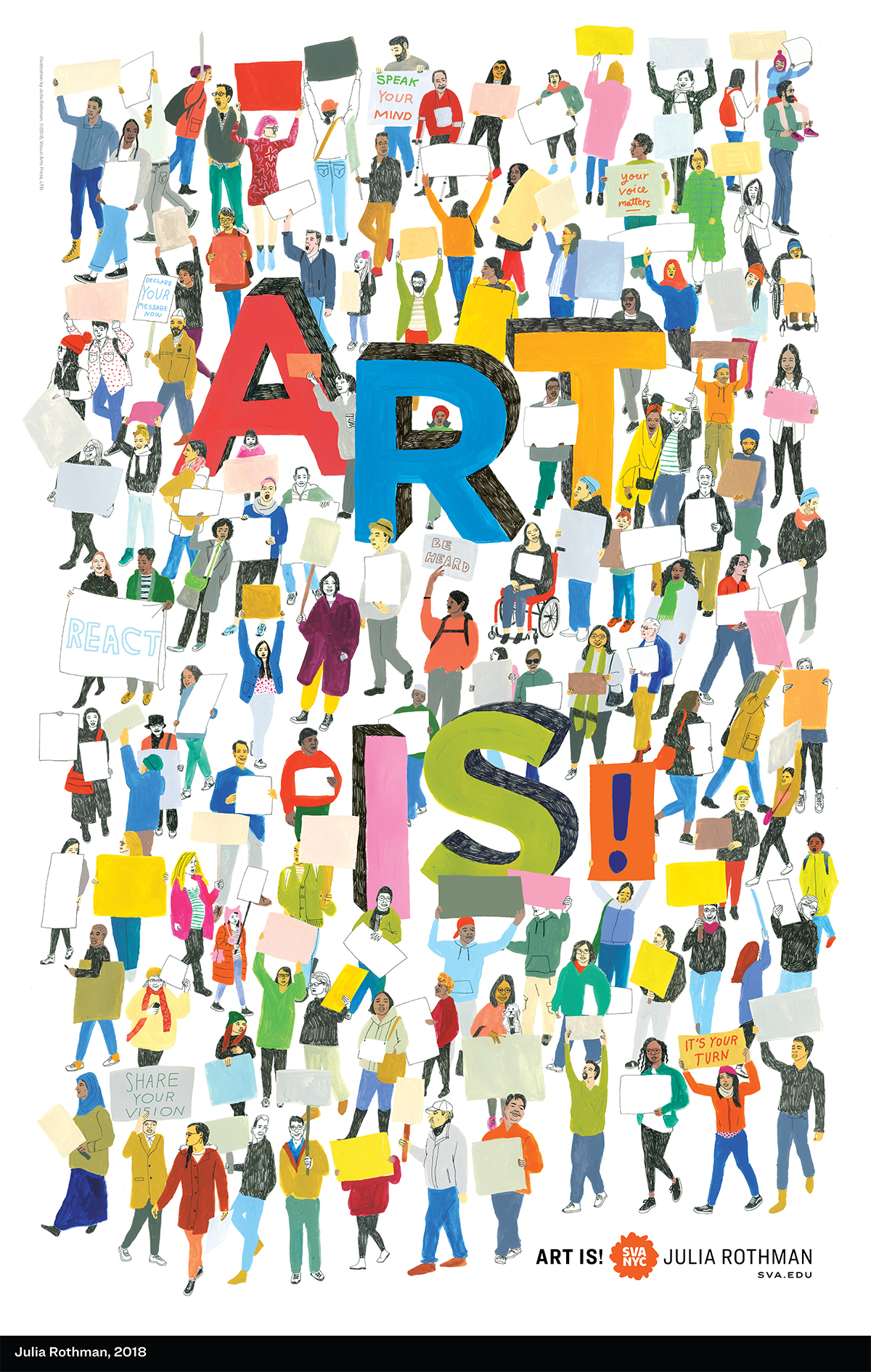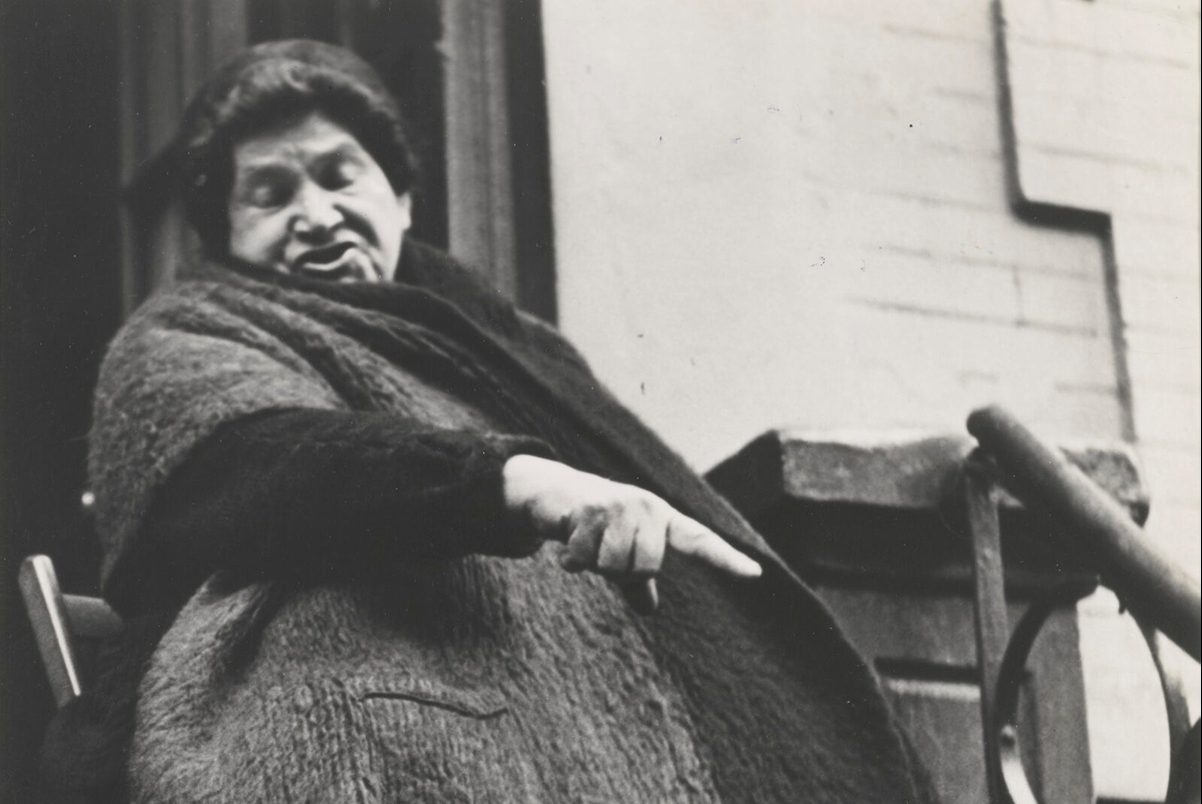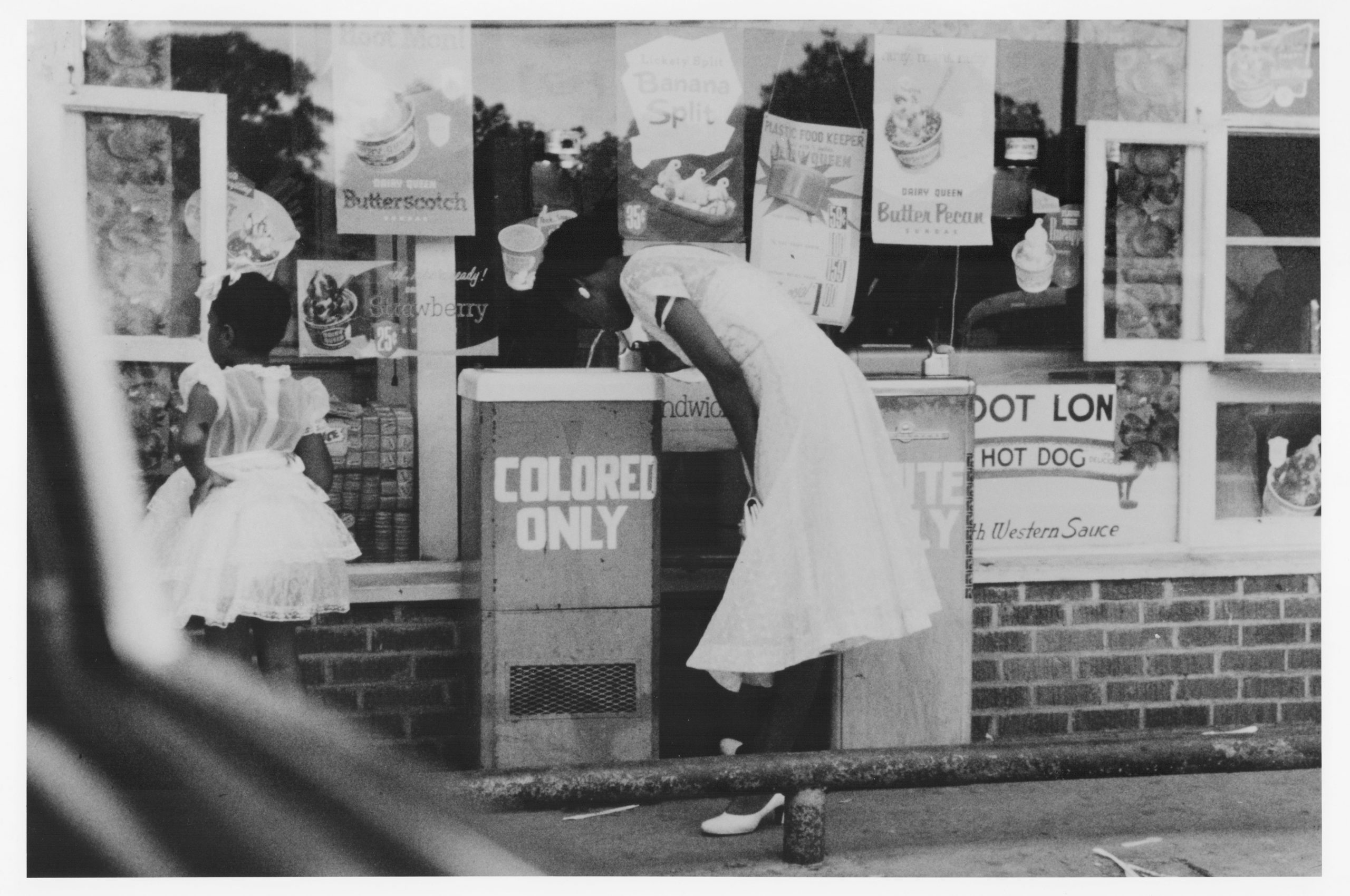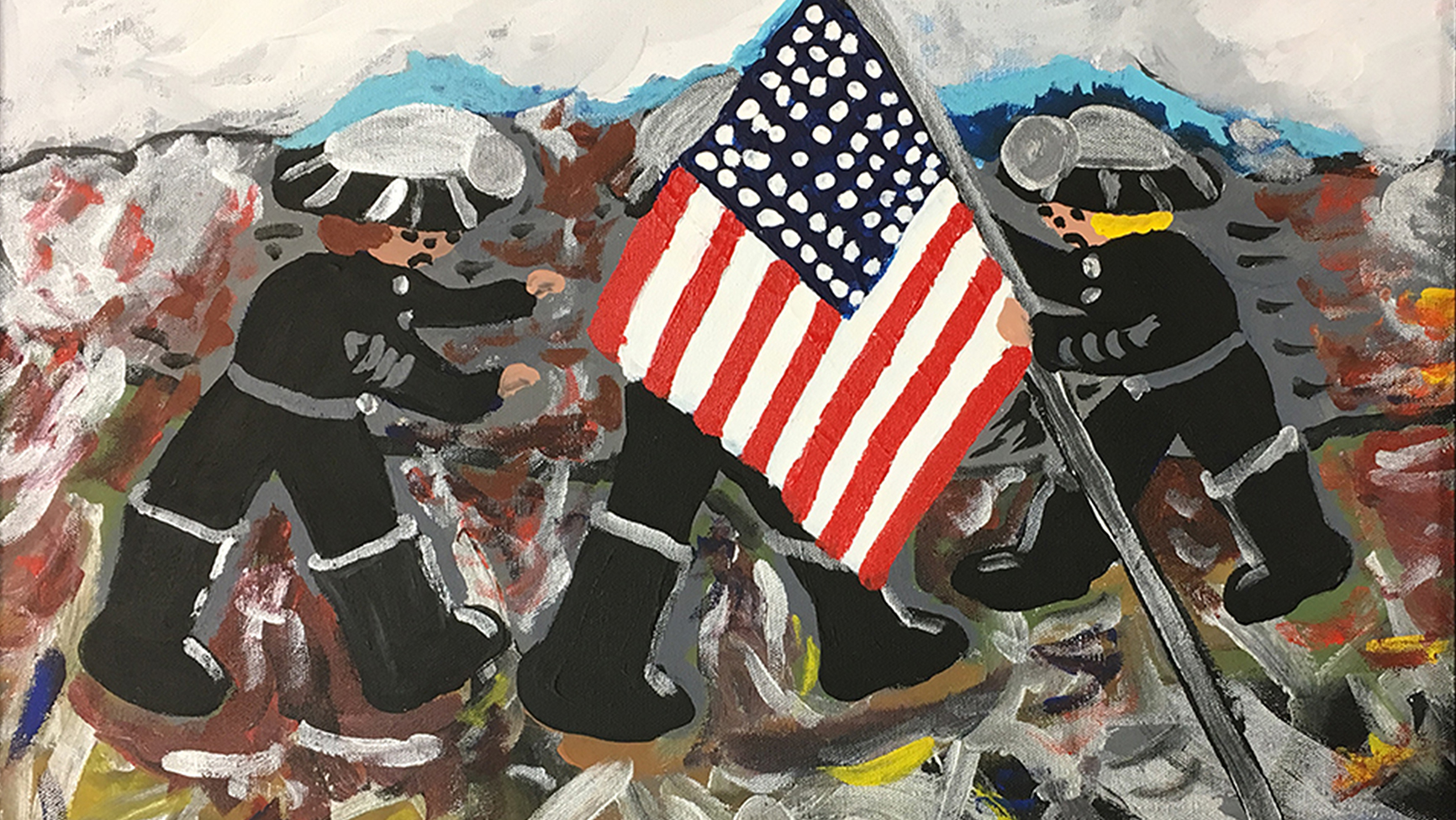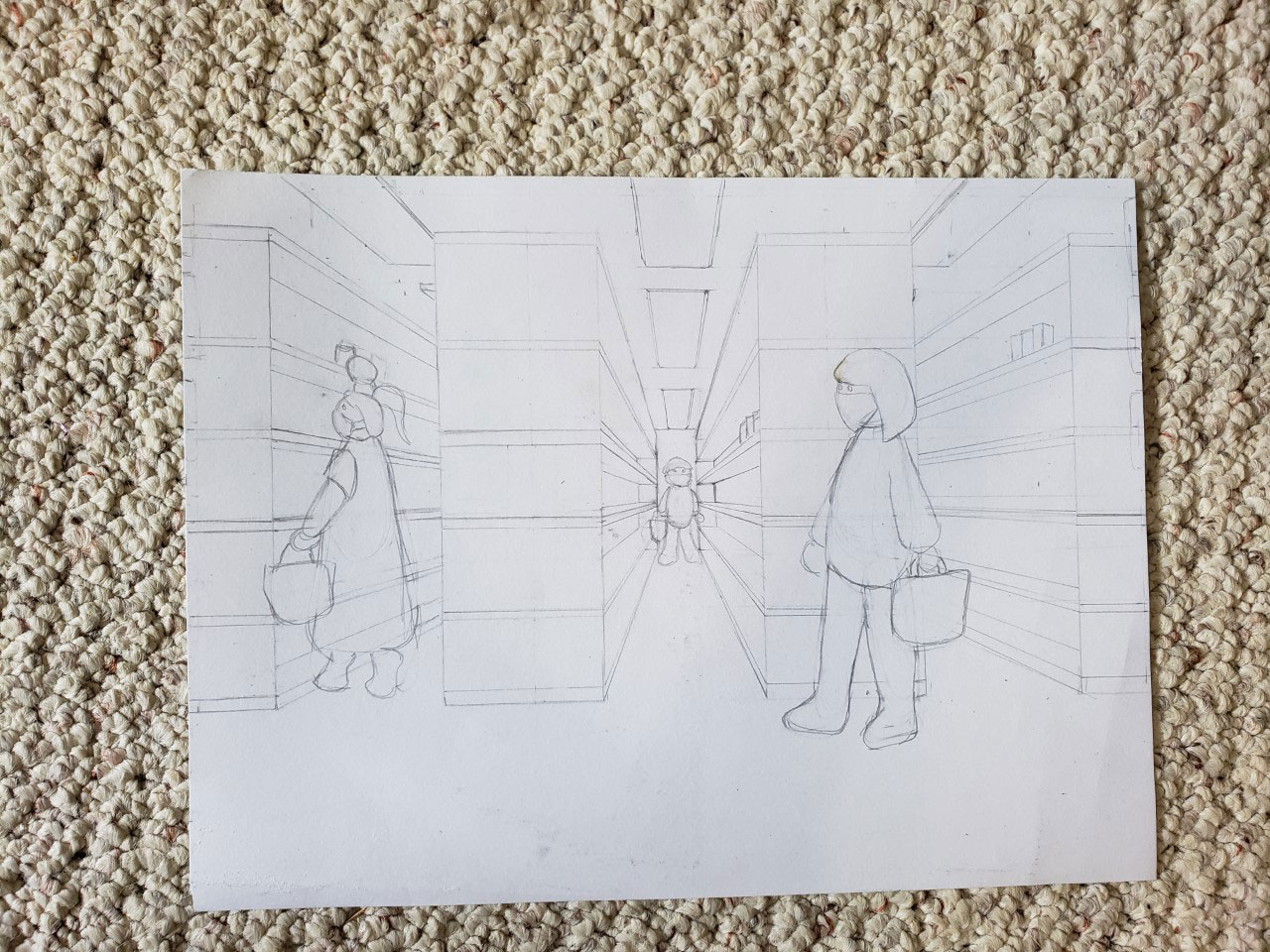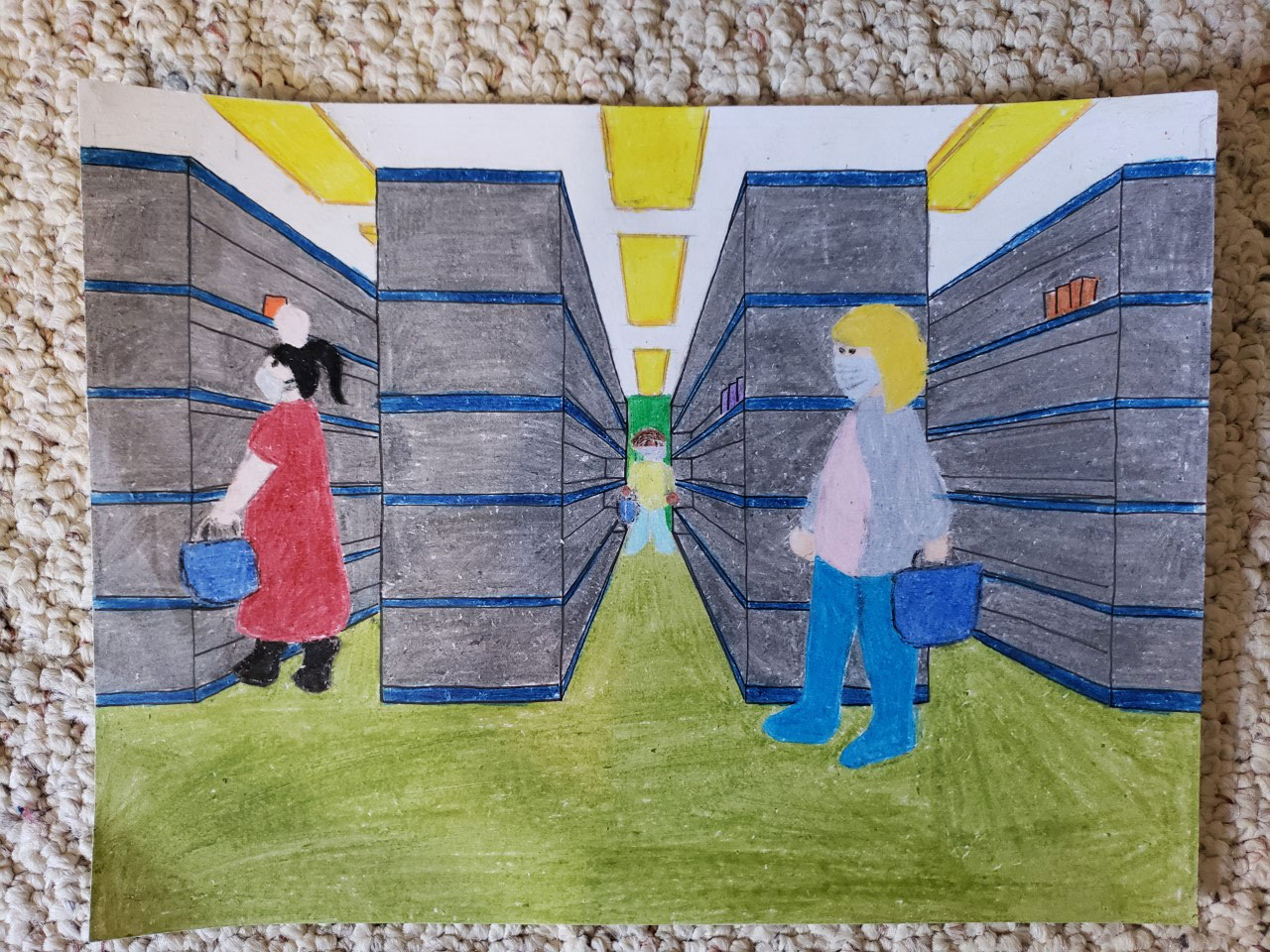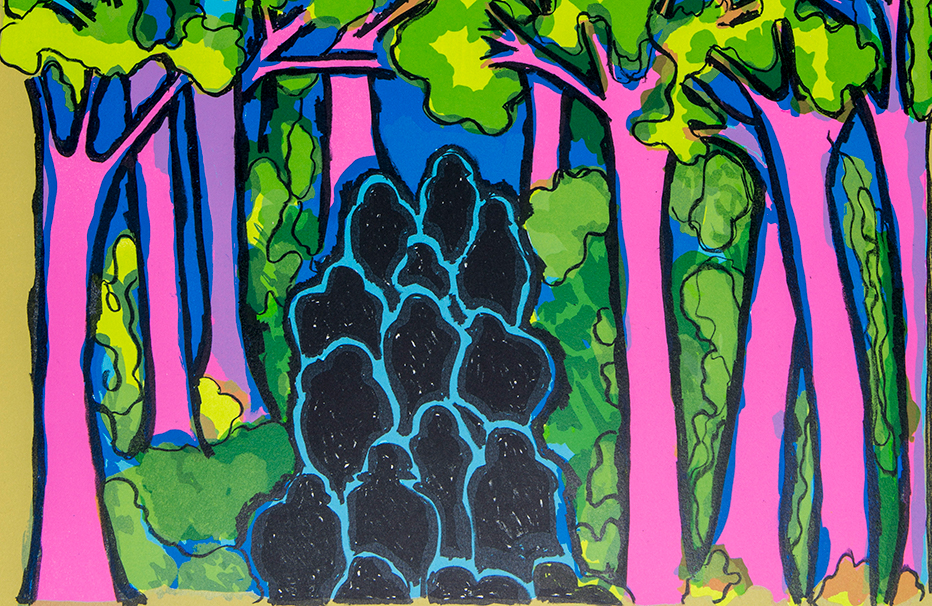
To contrast the color lithographs on view in our exhibition of French posters, we’re highlighting lithographs from the museum collection in August for our collection spotlight.
This vibrant work-on-paper is by Faith Ringgold, an artist who works across a diverse media set: painting, sculpting, quilting and performance art. Her work draws upon American history, race and gender issues, often telling stories of enslaved people and the Underground Railroad.
In “To Be or Not to Be Free,” Ringgold illustrates a journey towards a better life.
The text around the print reads:
“Aunt Emmy and Uncle Tate was the first to come to Jones Road in a dream. They followed their dream North to the Palisades and on to Freedom on Jones Road, Barn Door and Precious led 28 of us on that long hard journey thru the woods and swamps with Baby Freedom born on the way, To Be or Not to Be Free. Ringgold 2/11/14.”
Take a closer look.
Why do you think she used such bright colors for the forest and dark colors for the travelers?
Does this narrative still relate to oppressed people today? Why?
Why is freedom personified as a newborn?
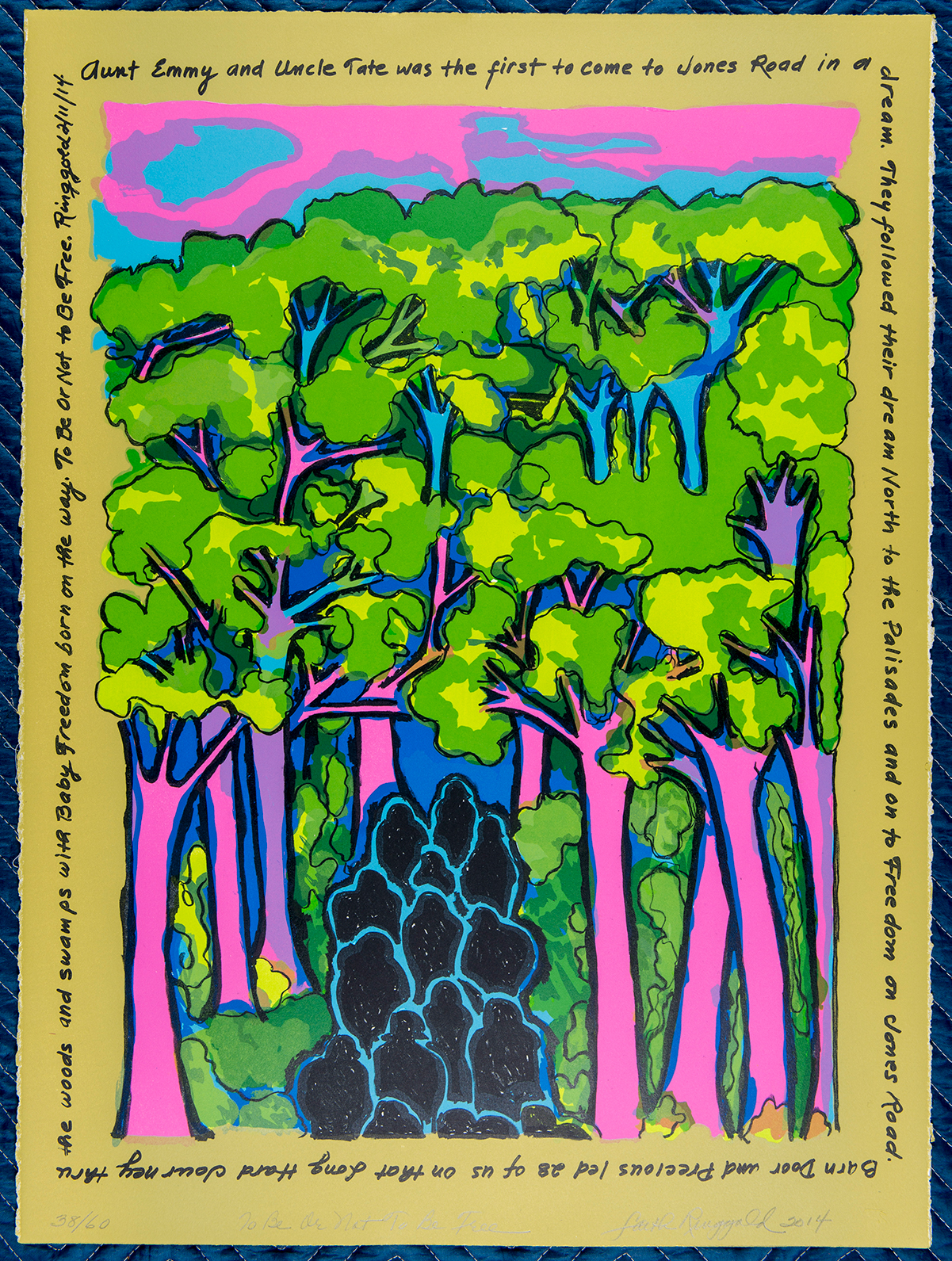
Faith Ringgold
b. 1930
“To Be or Not To Be Free,” 2014
Color lithograph on paper
30 x 22 1/4 in.
Jule Collins Smith Museum of Fine Art at Auburn University; Museum purchase with funds provided by Lynn Barstis Katz
2015.14
